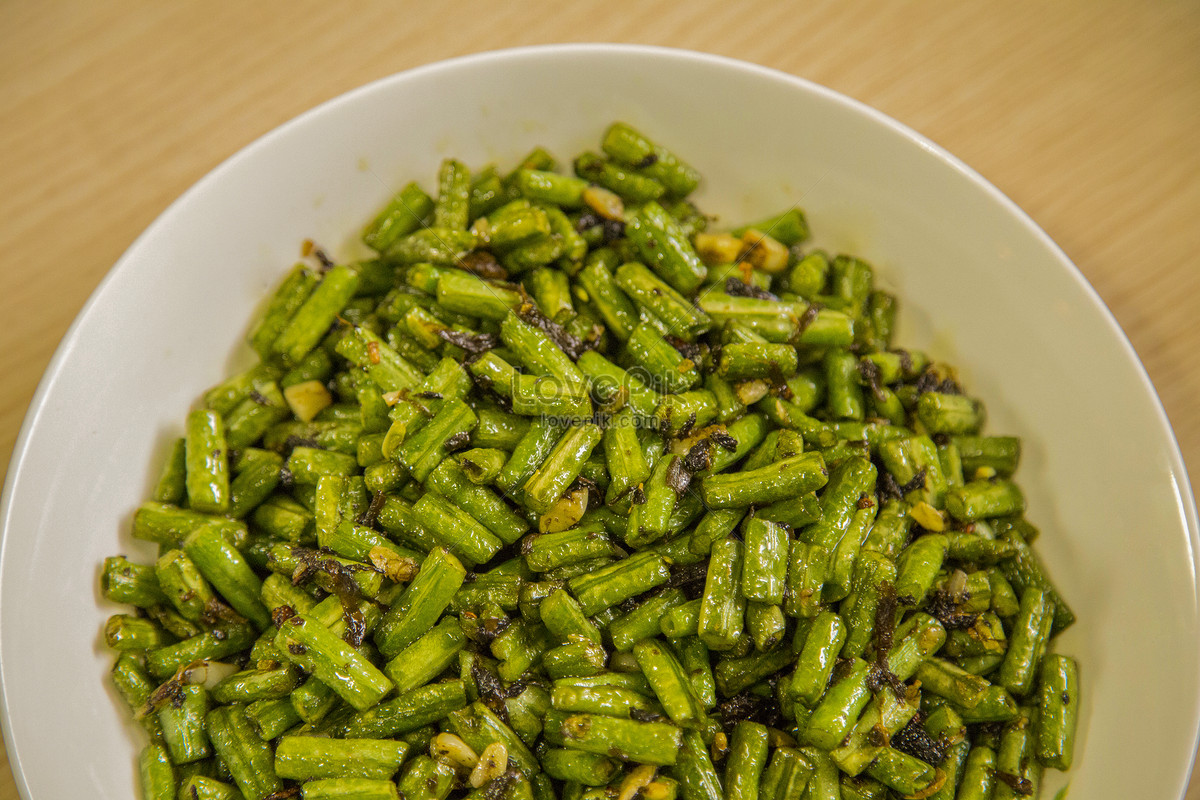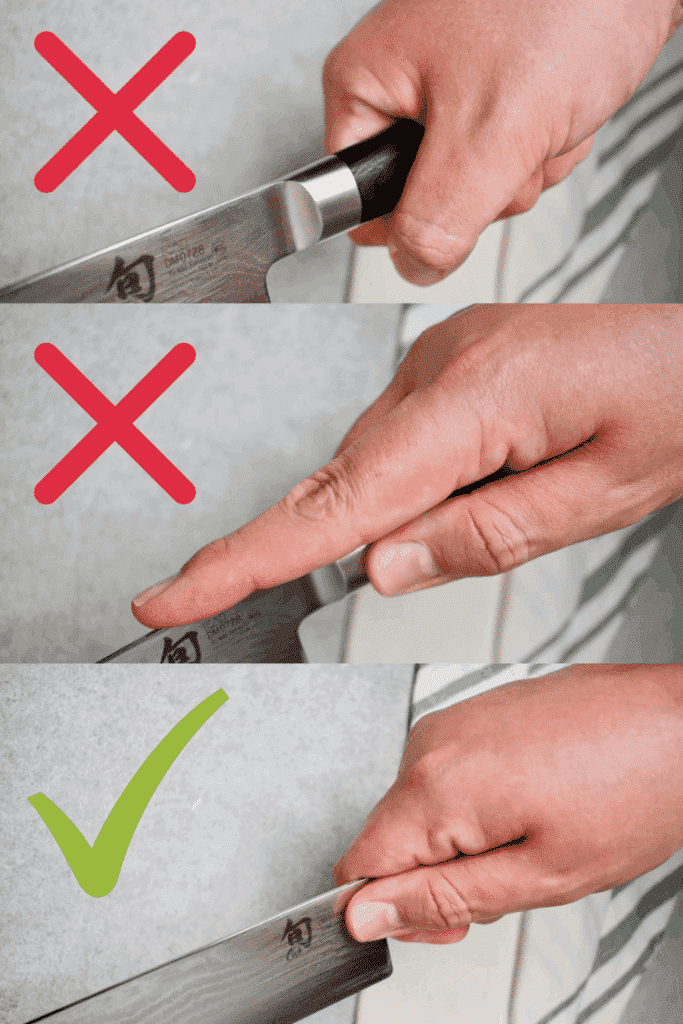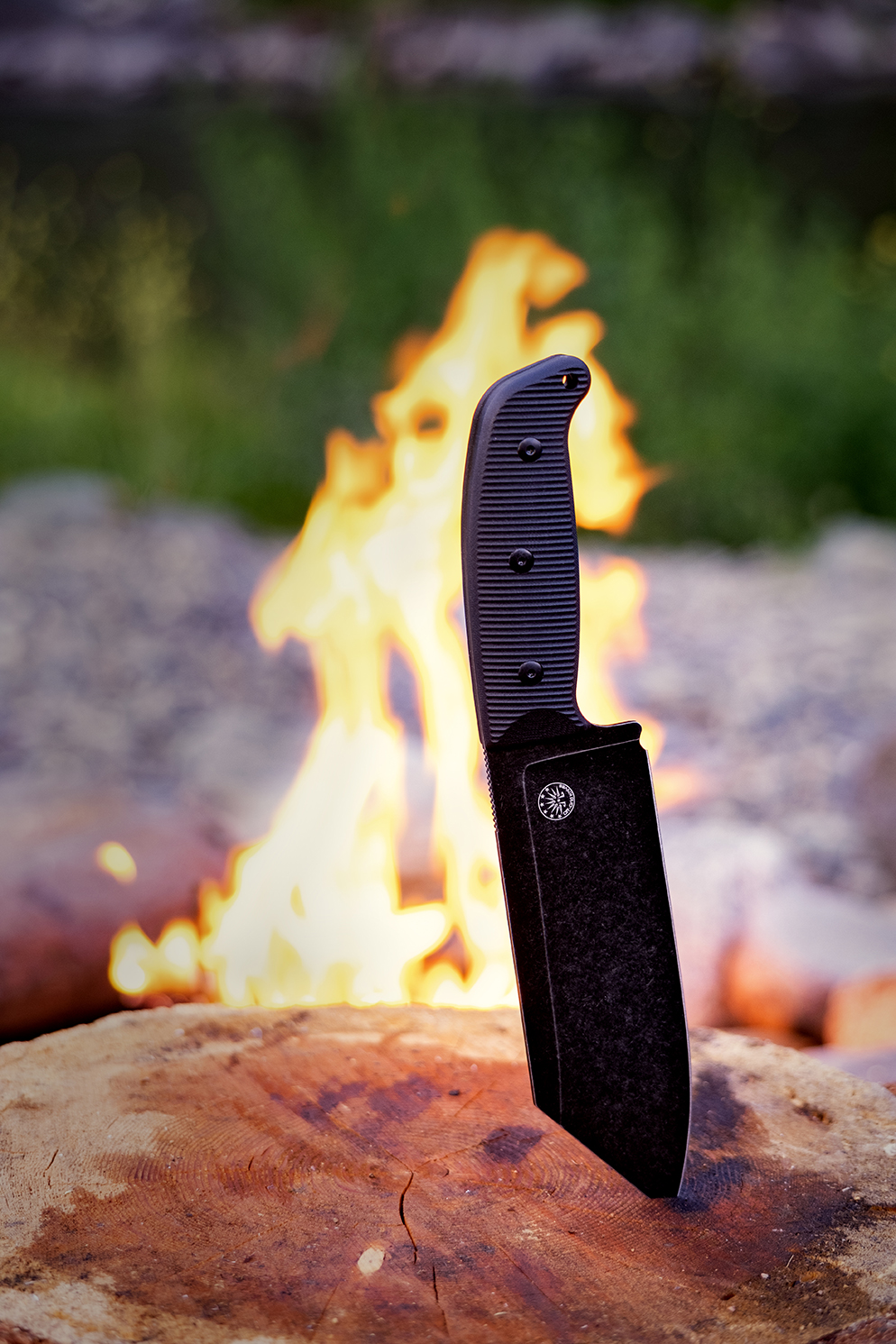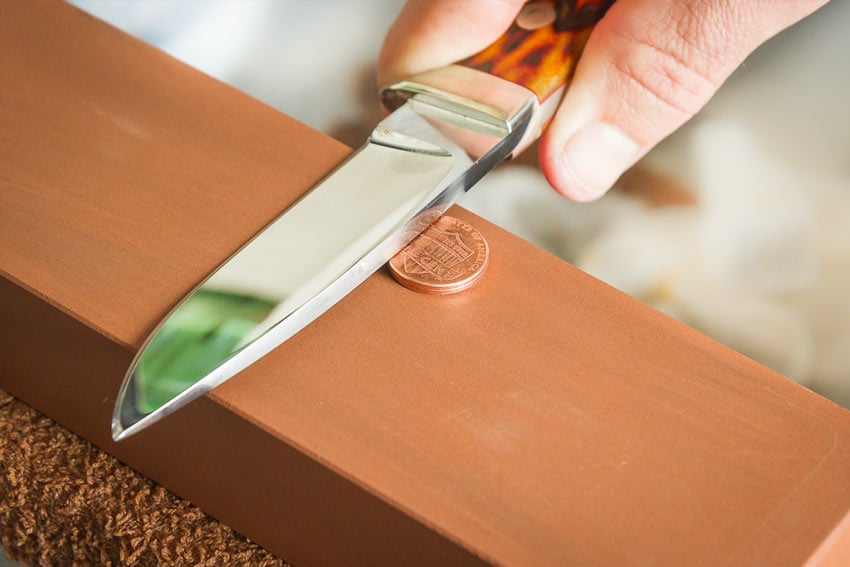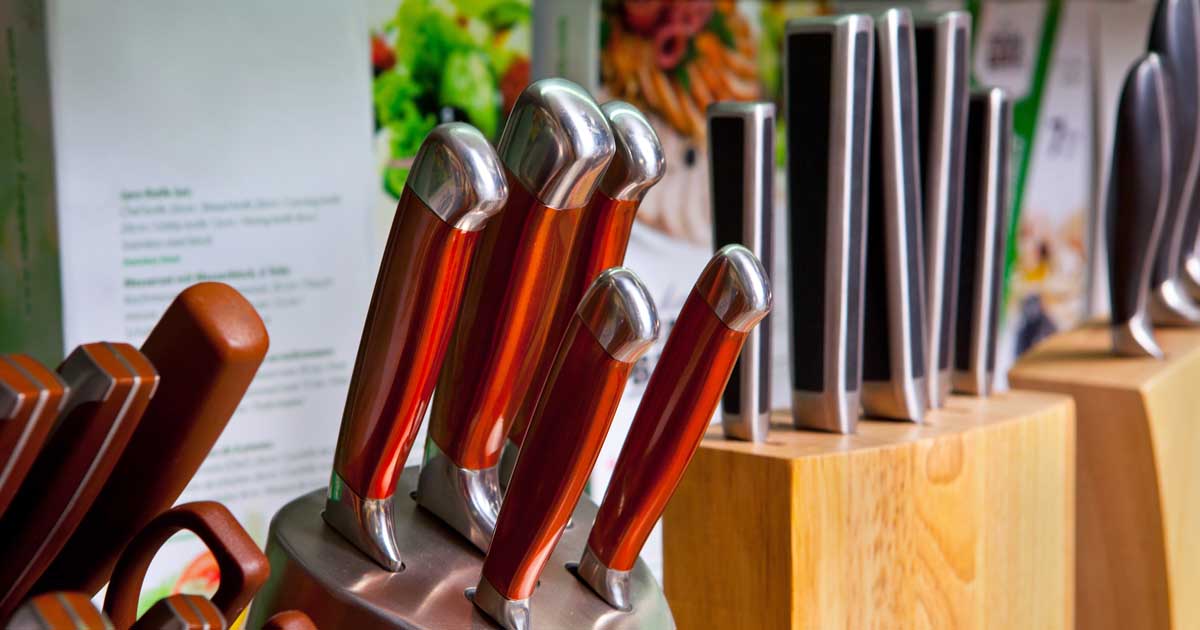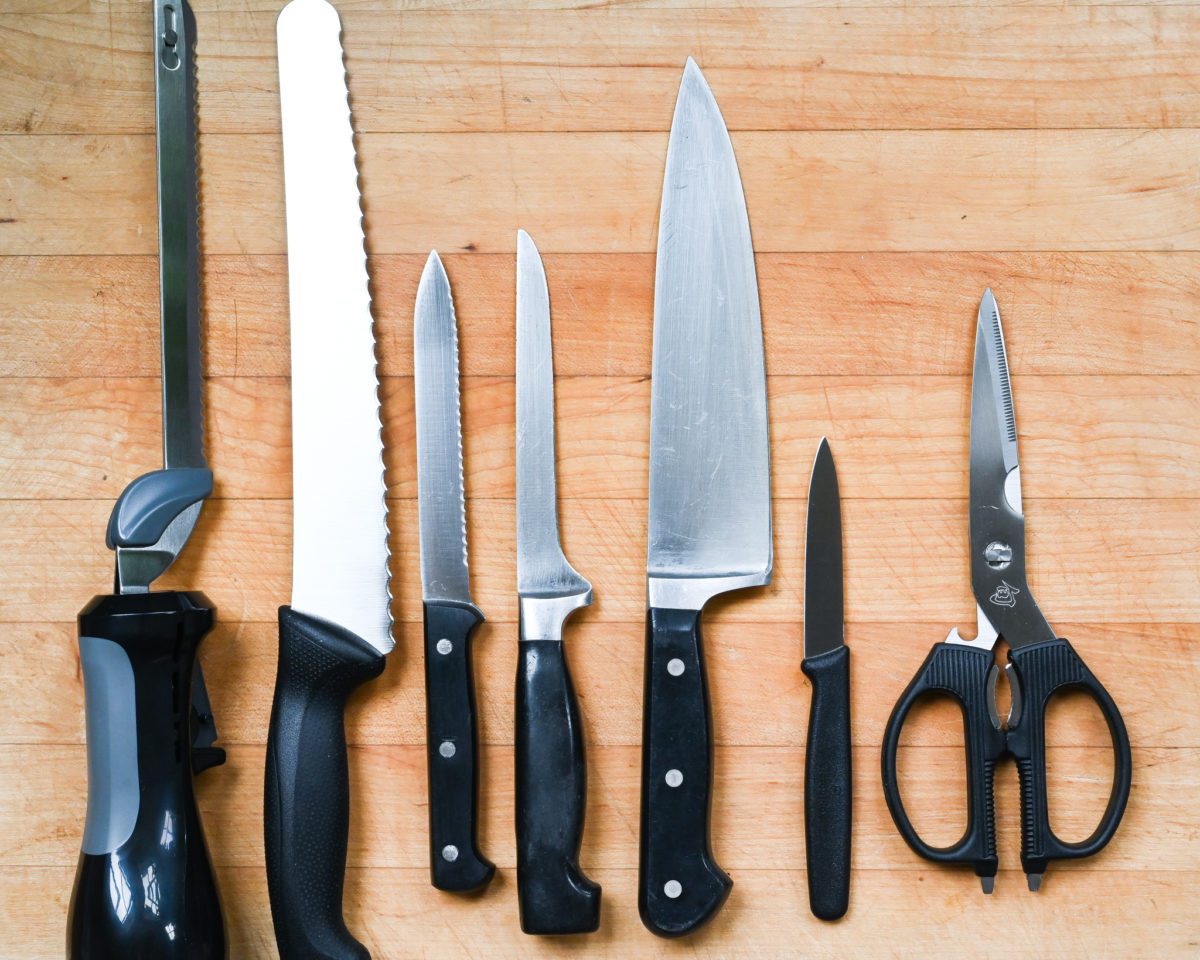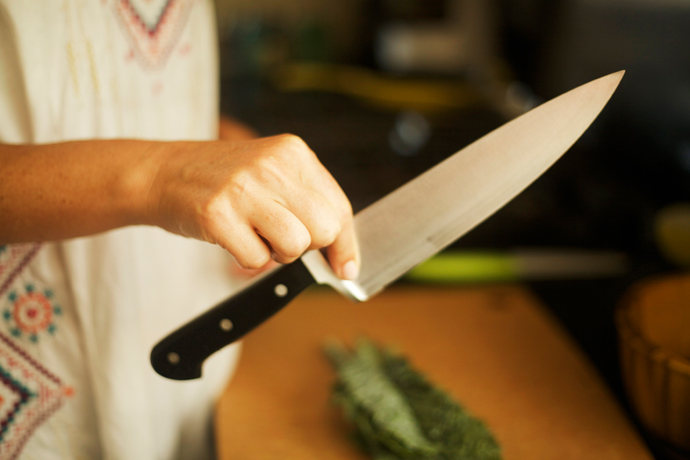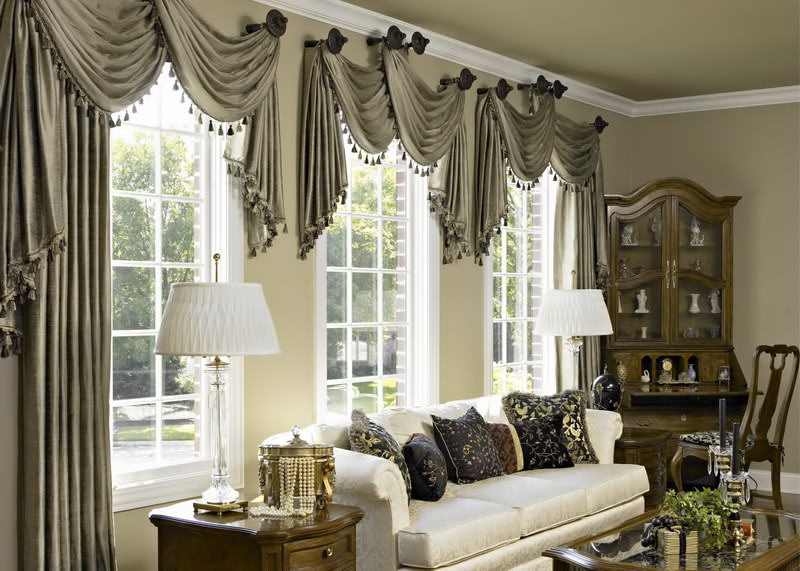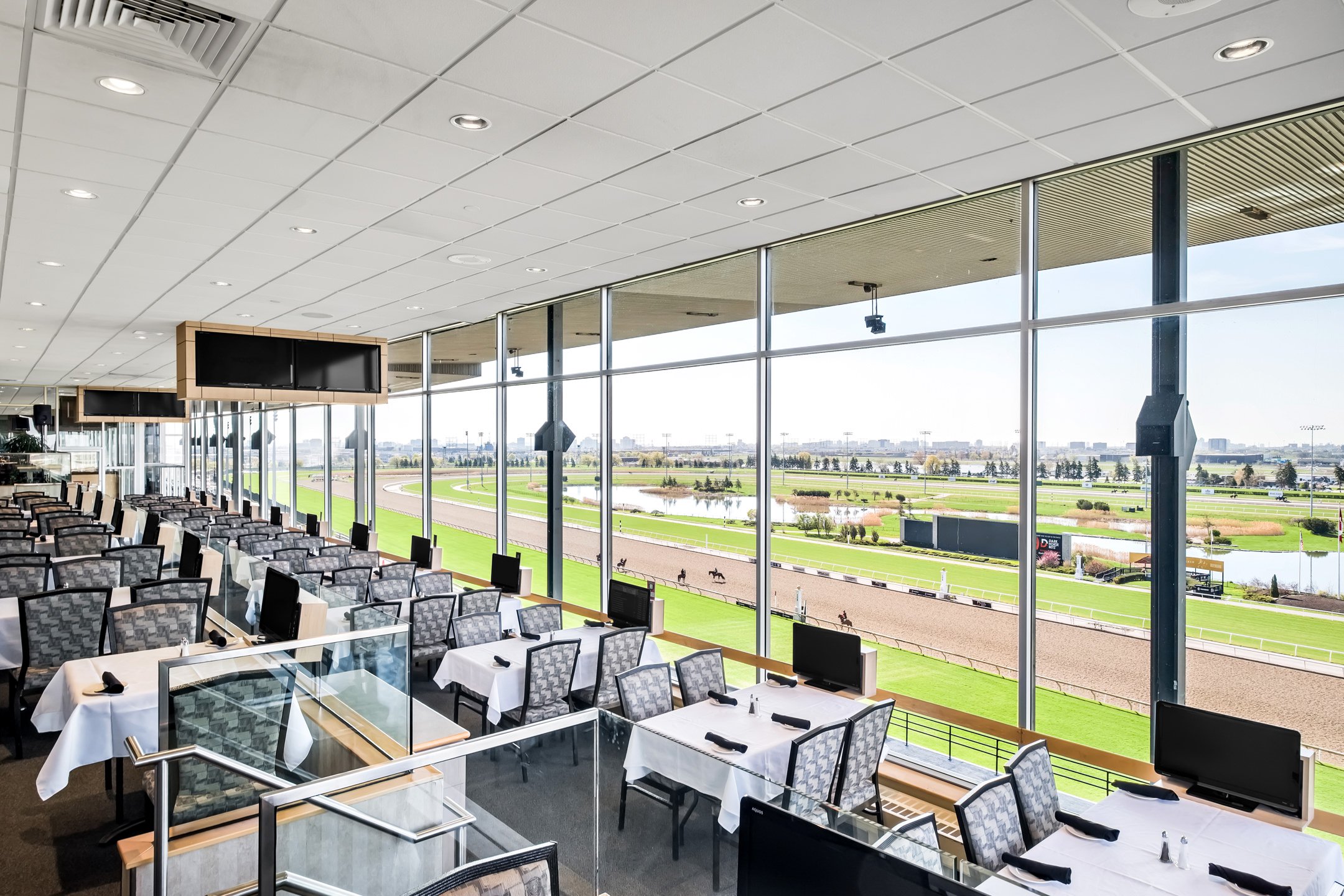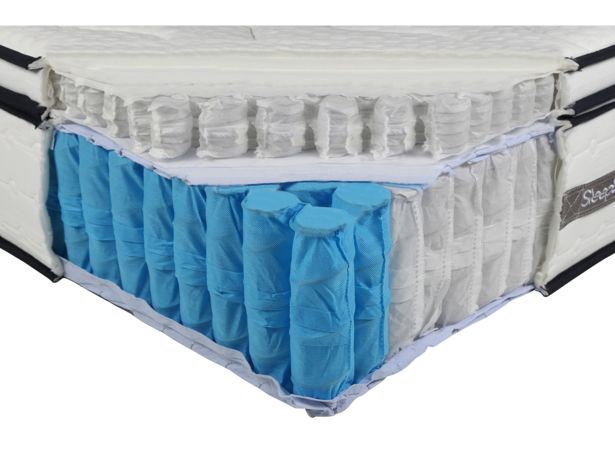Fire Safety
Fire safety is of utmost importance in any dining room. Make sure to have fire extinguishers readily available and check them regularly to ensure they are in working condition. Avoid placing flammable objects near heat sources such as stoves or ovens. In case of a fire, have a designated meeting point outside the dining room for everyone to gather and call for help.
Emergency Exits
Having clearly marked and unobstructed emergency exits is crucial for the safety of everyone in the dining room. Make sure to keep these exits clear at all times and have a plan in place in case of an emergency. Regularly check the doors and locks to ensure they are functioning properly.
Proper Lighting
Good lighting is essential in a dining room to prevent accidents and ensure everyone's safety. Make sure the room is well-lit, especially during meal times. Replace any burnt-out bulbs and keep an eye out for any flickering lights that could be a sign of an electrical issue.
Slip-Resistant Flooring
Slippery floors can be a hazard in a dining room, especially when spills occur. Consider installing slip-resistant flooring to prevent accidents. If this is not possible, make sure to mop any spills immediately and put up caution signs until the floor is dry.
Proper Ventilation
Adequate ventilation is essential in a dining room to maintain good air quality and prevent the build-up of harmful fumes. Regularly check and clean the ventilation system to ensure it is functioning properly. If there are any issues, have them repaired immediately.
Safe Furniture Placement
The way furniture is placed in a dining room can greatly impact safety. Make sure to keep aisles and walkways clear and avoid overcrowding the room with too much furniture. This will prevent accidents such as tripping or bumping into objects.
Cleanliness and Sanitation
Keeping the dining room clean and sanitized is not only important for hygiene but also for safety. Regularly wipe down tables and chairs, and disinfect any high-touch surfaces such as door handles and light switches. This will prevent the spread of germs and keep everyone healthy.
Proper Use of Kitchen Appliances
In a dining room that has a kitchen, it is crucial to follow proper safety guidelines when using kitchen appliances. Make sure to read and follow the manufacturer's instructions, and unplug appliances when not in use. Keep a safe distance from hot surfaces and never leave cooking appliances unattended.
Handling Hot Dishes and Utensils
Hot dishes and utensils can cause serious burns if not handled properly. Make sure to use oven mitts or potholders when handling hot dishes and utensils. If serving hot food, use insulated serving utensils to prevent burns. Remind guests to use caution and to never touch hot dishes or utensils without protection.
Proper Use of Knives and Other Sharp Objects
Knives and other sharp objects are commonly used in a dining room, but they can also be dangerous if not handled properly. Make sure to use cut-resistant gloves when handling sharp objects and always cut away from your body. Train staff on proper knife handling techniques to prevent accidents.
Additional Safety Guidelines for a Safe and Enjoyable Dining Room
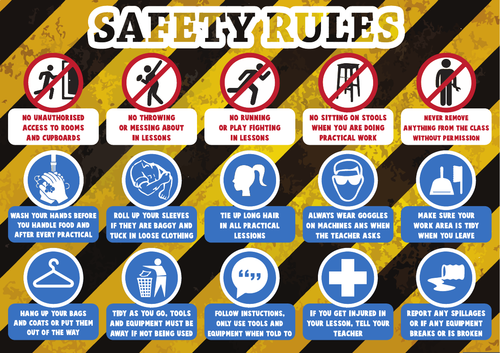
1. Keep the Dining Area Well-Lit
 One of the most important safety measures in the dining room is ensuring that the room is well-lit. This is especially crucial during meal times when sharp utensils, hot dishes, and spills are common. Make sure all light fixtures are in good working condition and provide adequate lighting for the entire dining area.
One of the most important safety measures in the dining room is ensuring that the room is well-lit. This is especially crucial during meal times when sharp utensils, hot dishes, and spills are common. Make sure all light fixtures are in good working condition and provide adequate lighting for the entire dining area.
2. Choose Safe Flooring
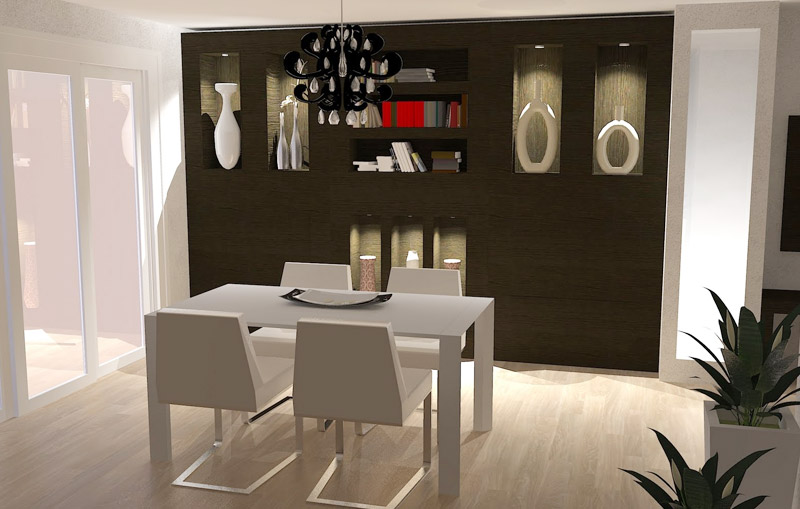 When it comes to the flooring of your dining room, safety should be a top priority. Avoid using slippery or glossy tiles, as they can be a major hazard when wet or if food spills on them. Opt for non-slip flooring materials such as cork, rubber, or textured tiles to prevent slips and falls.
When it comes to the flooring of your dining room, safety should be a top priority. Avoid using slippery or glossy tiles, as they can be a major hazard when wet or if food spills on them. Opt for non-slip flooring materials such as cork, rubber, or textured tiles to prevent slips and falls.
3. Secure Furniture and Decorations
 Whether you have a formal dining room or a casual dining area, it's important to secure furniture and decorations to avoid accidents. Ensure that tables and chairs are stable and won't tip over easily. Avoid using glass or ceramic decorations on dining tables, as they can easily break and cause injury.
Whether you have a formal dining room or a casual dining area, it's important to secure furniture and decorations to avoid accidents. Ensure that tables and chairs are stable and won't tip over easily. Avoid using glass or ceramic decorations on dining tables, as they can easily break and cause injury.
4. Store Sharp Objects Safely
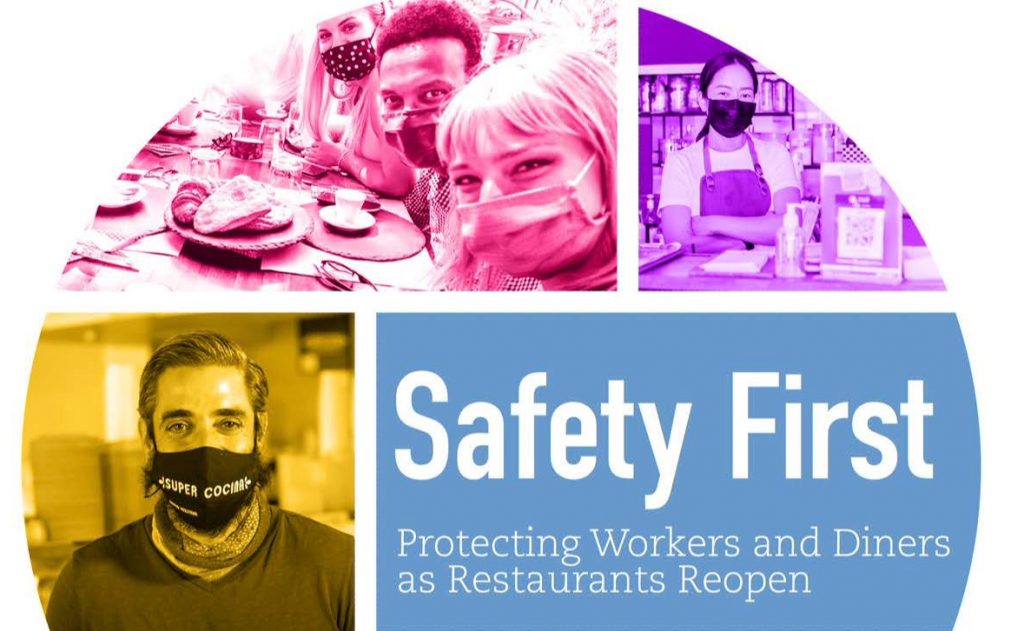 Knives and other sharp utensils should be stored in a safe and secure location, out of reach of children and pets. Consider using knife blocks or drawer organizers to keep them organized and out of harm's way.
Knives and other sharp utensils should be stored in a safe and secure location, out of reach of children and pets. Consider using knife blocks or drawer organizers to keep them organized and out of harm's way.
5. Practice Proper Food Handling
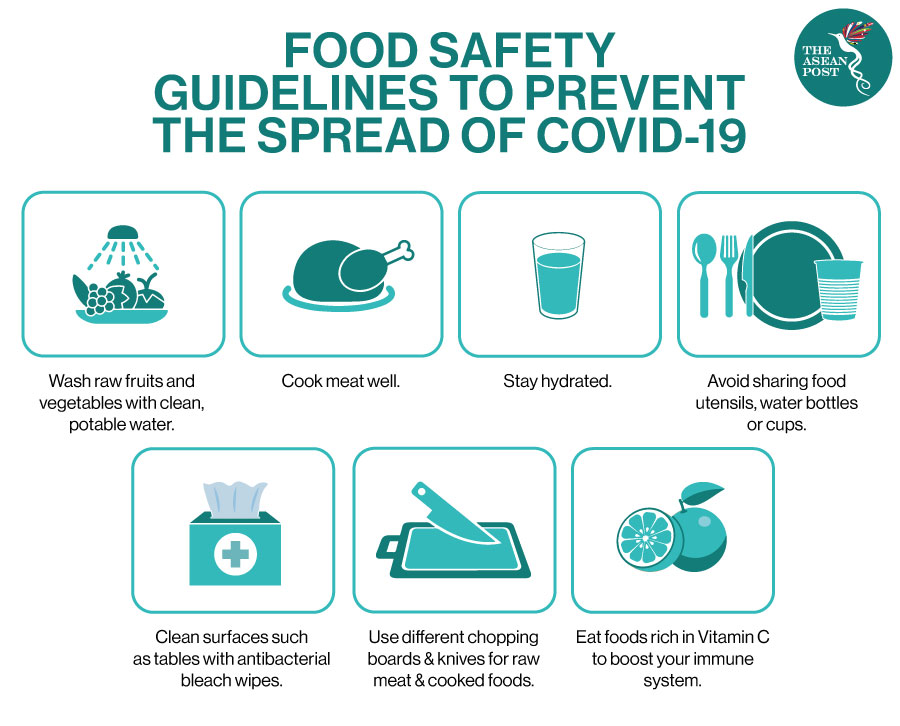 Food safety is crucial in any dining room. Be sure to wash your hands before handling food and properly cook all meats to prevent foodborne illnesses. Leftovers should be stored in airtight containers in the refrigerator to avoid contamination.
Food safety is crucial in any dining room. Be sure to wash your hands before handling food and properly cook all meats to prevent foodborne illnesses. Leftovers should be stored in airtight containers in the refrigerator to avoid contamination.
6. Use Child-Friendly Dishes and Utensils
 If you have young children in the house, it's important to use child-friendly dishes and utensils to prevent accidents. Avoid using glass or ceramic plates and bowls, and opt for plastic or melamine ones instead. Use blunt-edged utensils for younger children to prevent any accidental injuries.
If you have young children in the house, it's important to use child-friendly dishes and utensils to prevent accidents. Avoid using glass or ceramic plates and bowls, and opt for plastic or melamine ones instead. Use blunt-edged utensils for younger children to prevent any accidental injuries.
7. Install Smoke and Carbon Monoxide Detectors
 Smoke and carbon monoxide detectors are essential for any dining room. Install them near the kitchen and dining area to ensure early detection of any potential hazards. Test them regularly and replace batteries as needed.
Smoke and carbon monoxide detectors are essential for any dining room. Install them near the kitchen and dining area to ensure early detection of any potential hazards. Test them regularly and replace batteries as needed.
8. Keep Emergency Supplies Handy
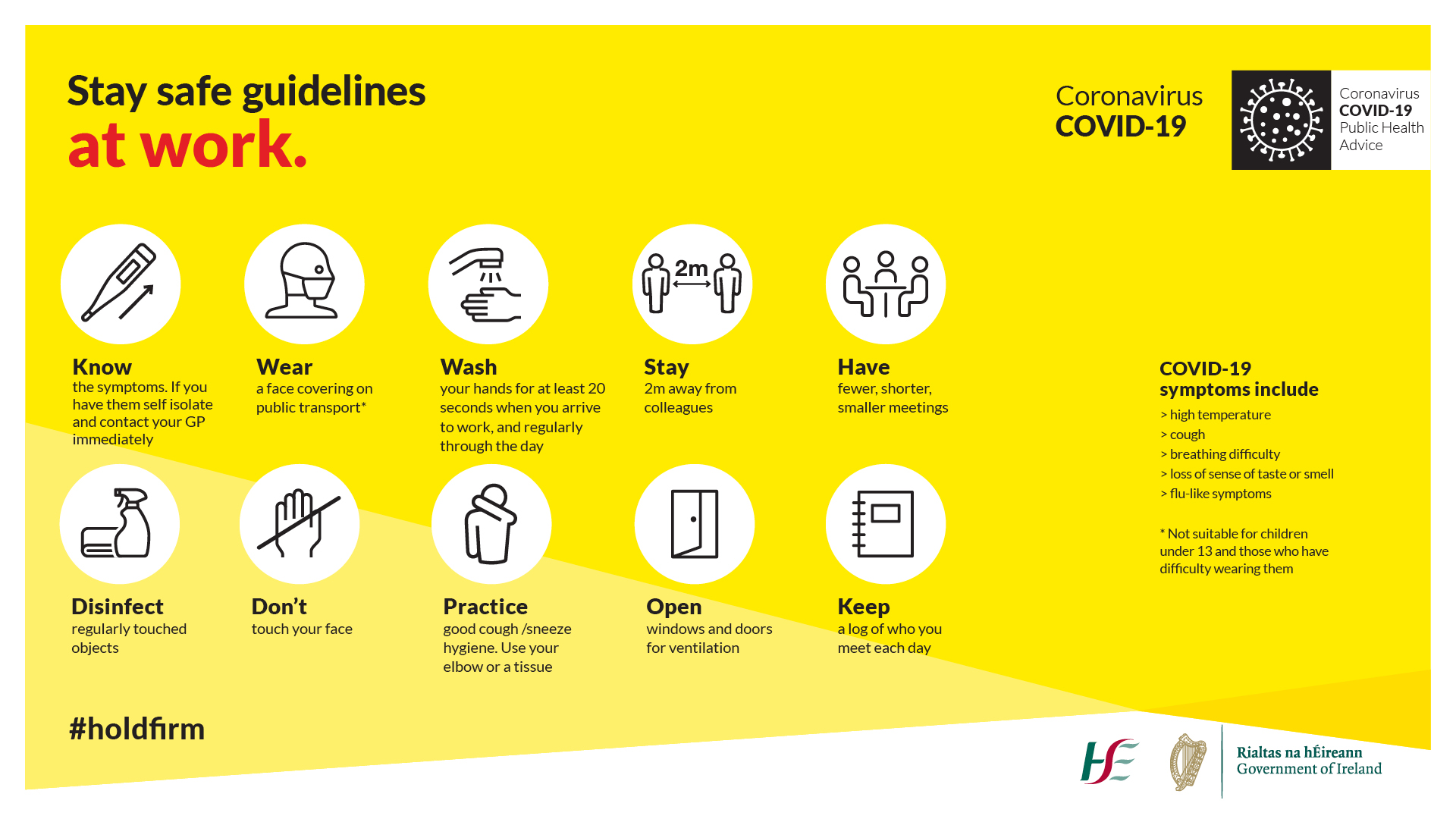 In case of accidents or emergencies, it's important to have first aid supplies and a fire extinguisher within reach. Keep them in a designated area in the dining room, such as a kitchen cabinet or drawer.
In case of accidents or emergencies, it's important to have first aid supplies and a fire extinguisher within reach. Keep them in a designated area in the dining room, such as a kitchen cabinet or drawer.
9. Have a Clear Exit Plan
 An often overlooked safety measure in the dining room is having a clear exit plan in case of an emergency. Make sure there are no obstructions blocking the main exit and that all family members know the safest way to exit the room in case of a fire or other emergency.
An often overlooked safety measure in the dining room is having a clear exit plan in case of an emergency. Make sure there are no obstructions blocking the main exit and that all family members know the safest way to exit the room in case of a fire or other emergency.
10. Regularly Inspect and Maintain Appliances
 Appliances such as ovens, stoves, and toasters should be regularly inspected and maintained to ensure they are in good working condition. Faulty appliances can be a major safety hazard, so it's important to fix any issues immediately or replace them if needed.
By following these additional safety guidelines, you can ensure a safe and enjoyable dining experience for you and your family. Remember to always prioritize safety when designing and using your dining room.
Appliances such as ovens, stoves, and toasters should be regularly inspected and maintained to ensure they are in good working condition. Faulty appliances can be a major safety hazard, so it's important to fix any issues immediately or replace them if needed.
By following these additional safety guidelines, you can ensure a safe and enjoyable dining experience for you and your family. Remember to always prioritize safety when designing and using your dining room.


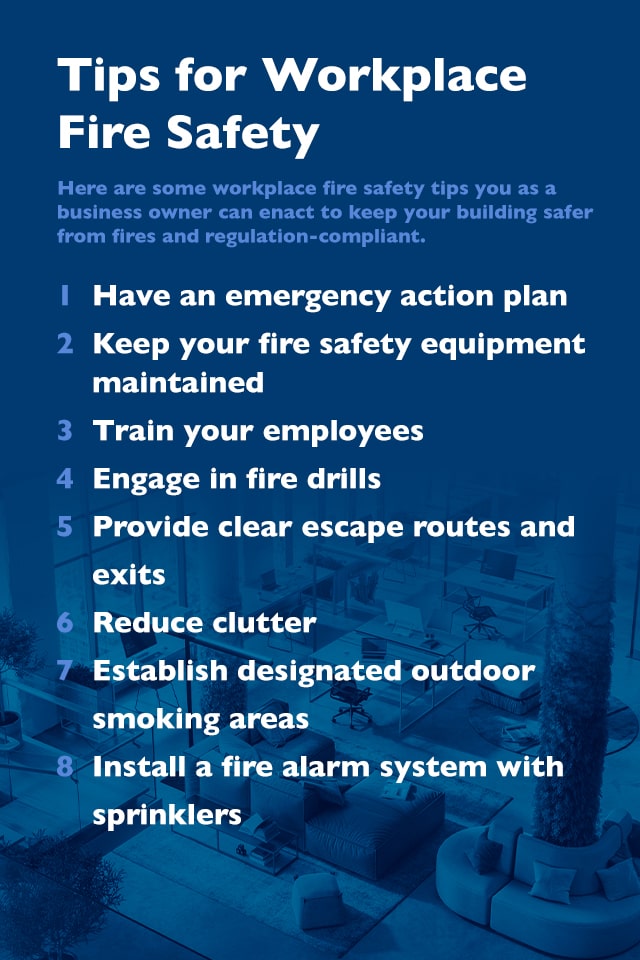
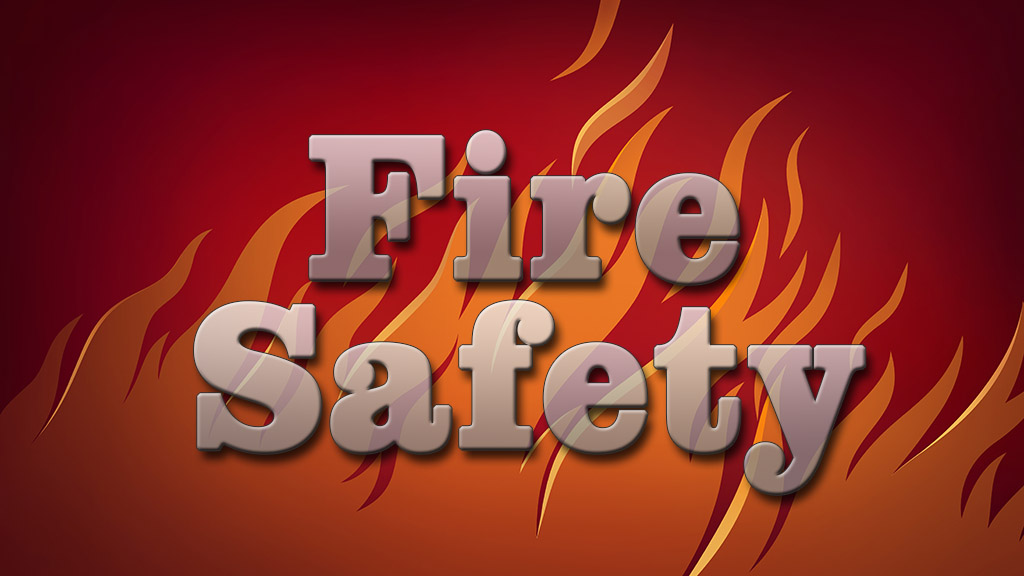
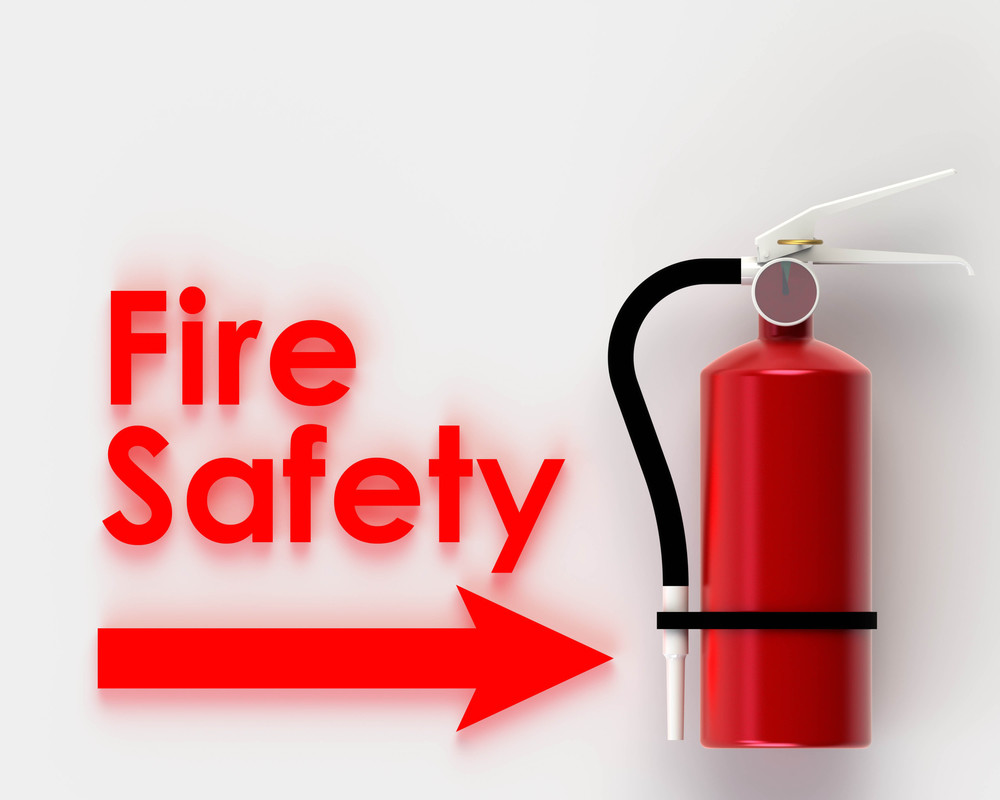


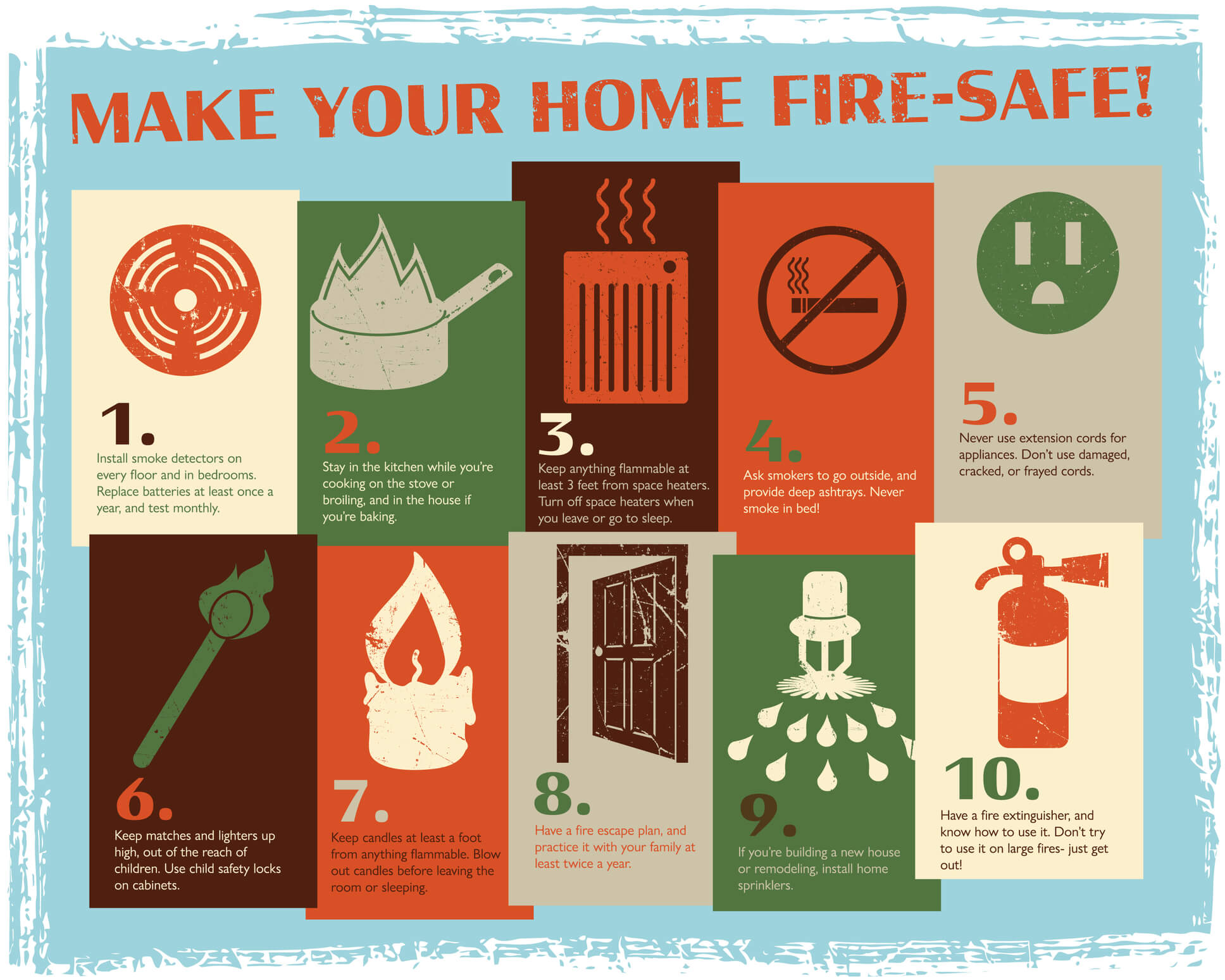

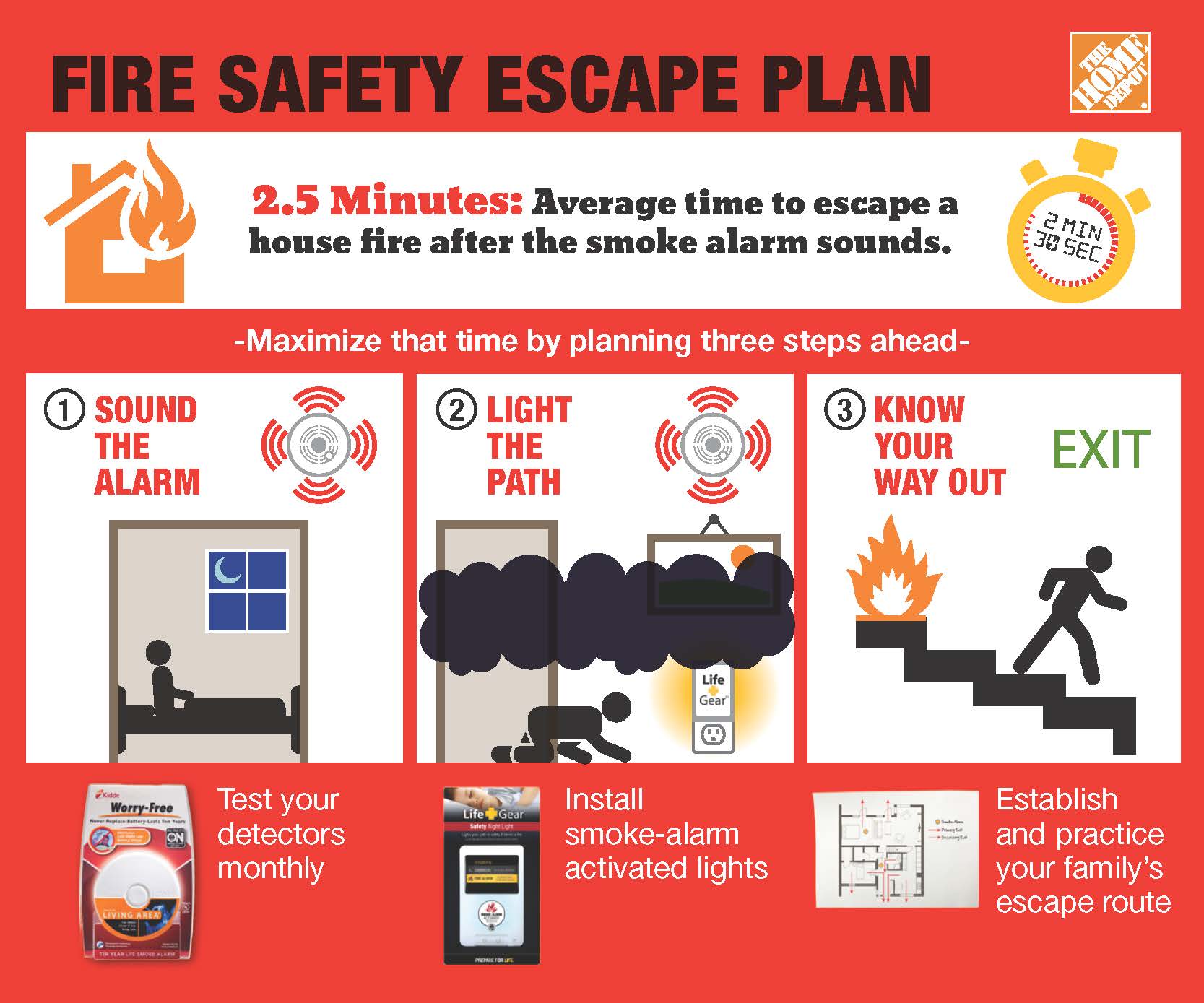


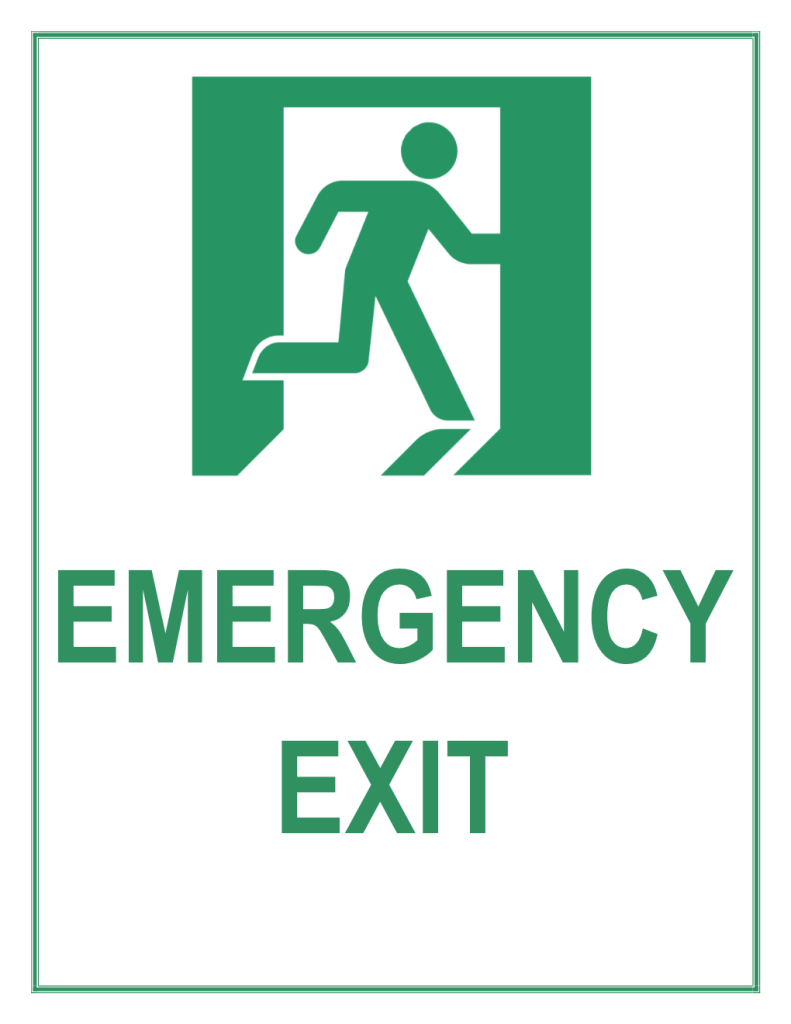

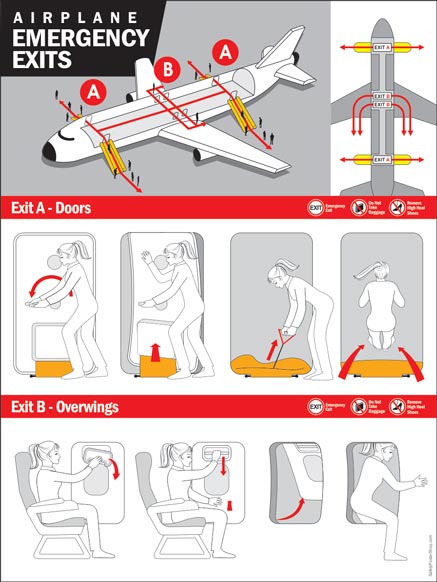
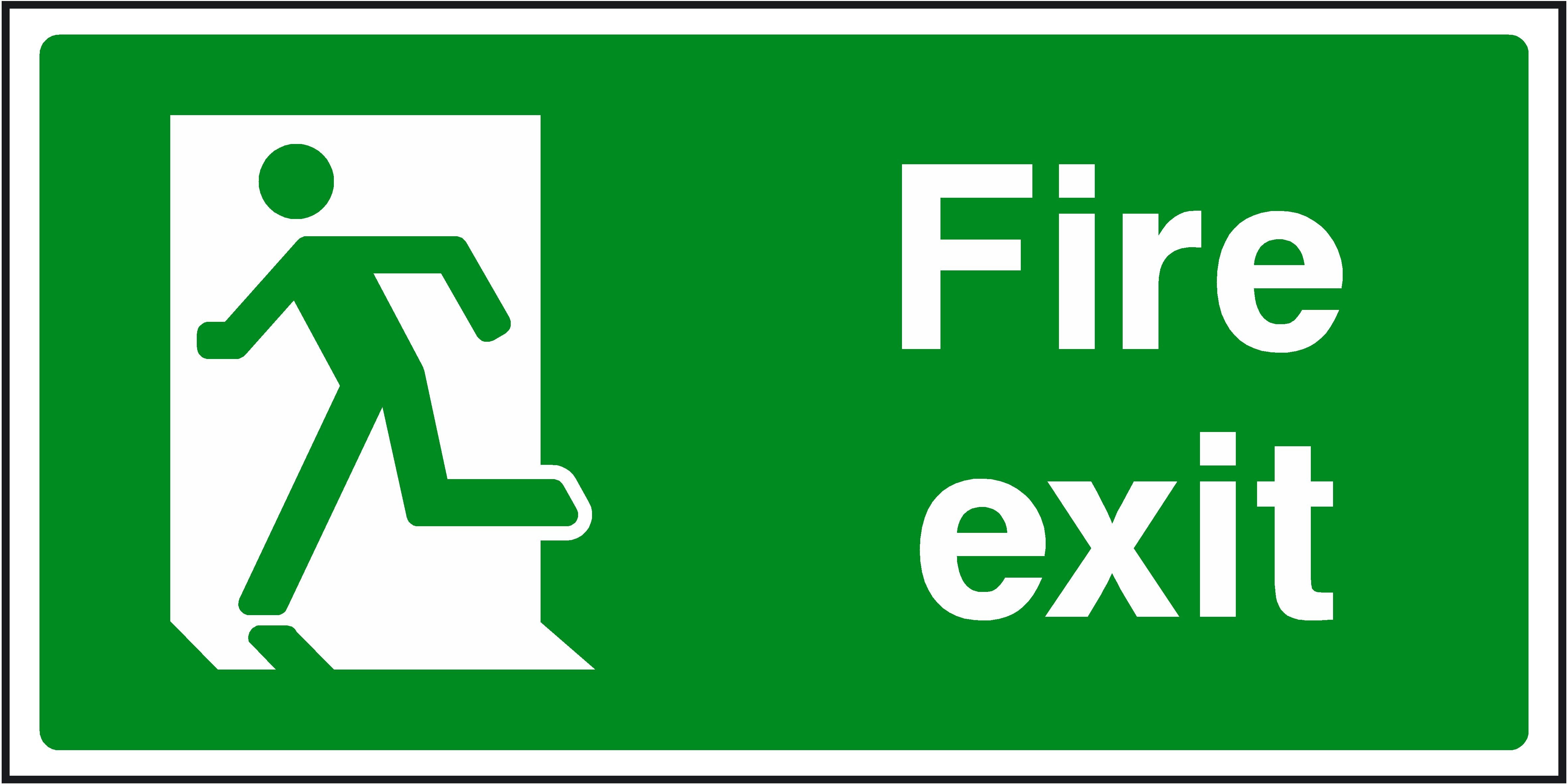
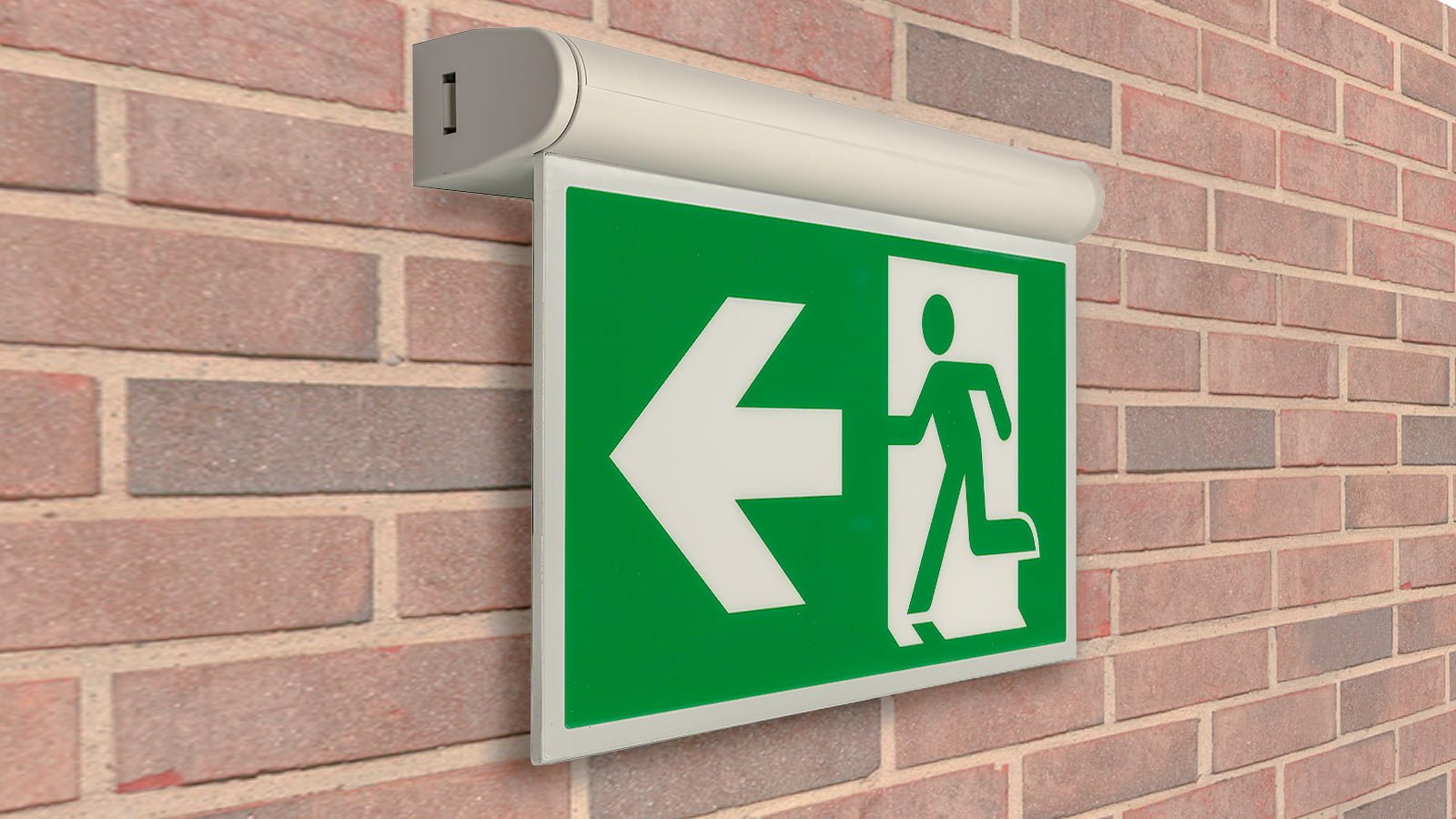
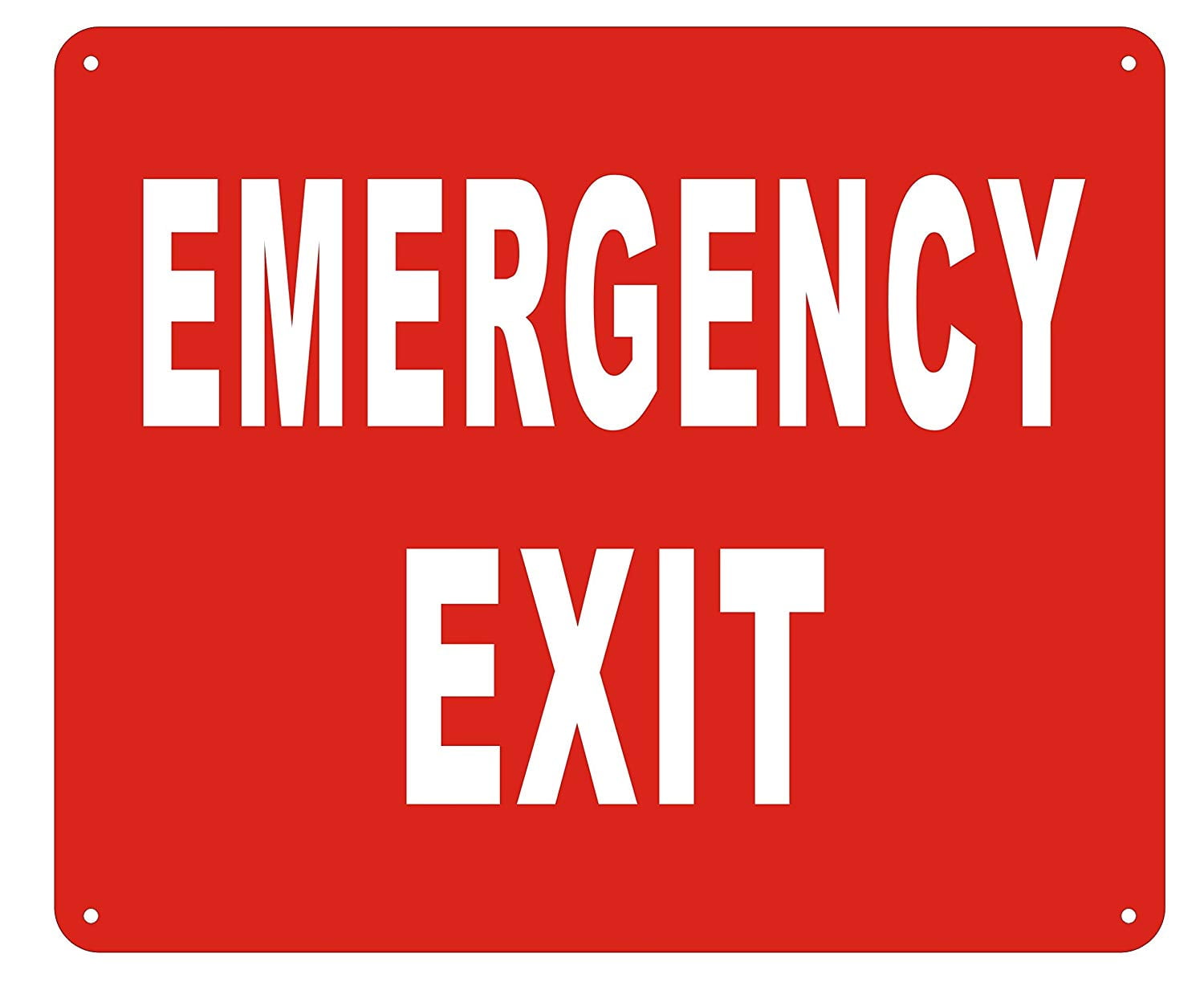

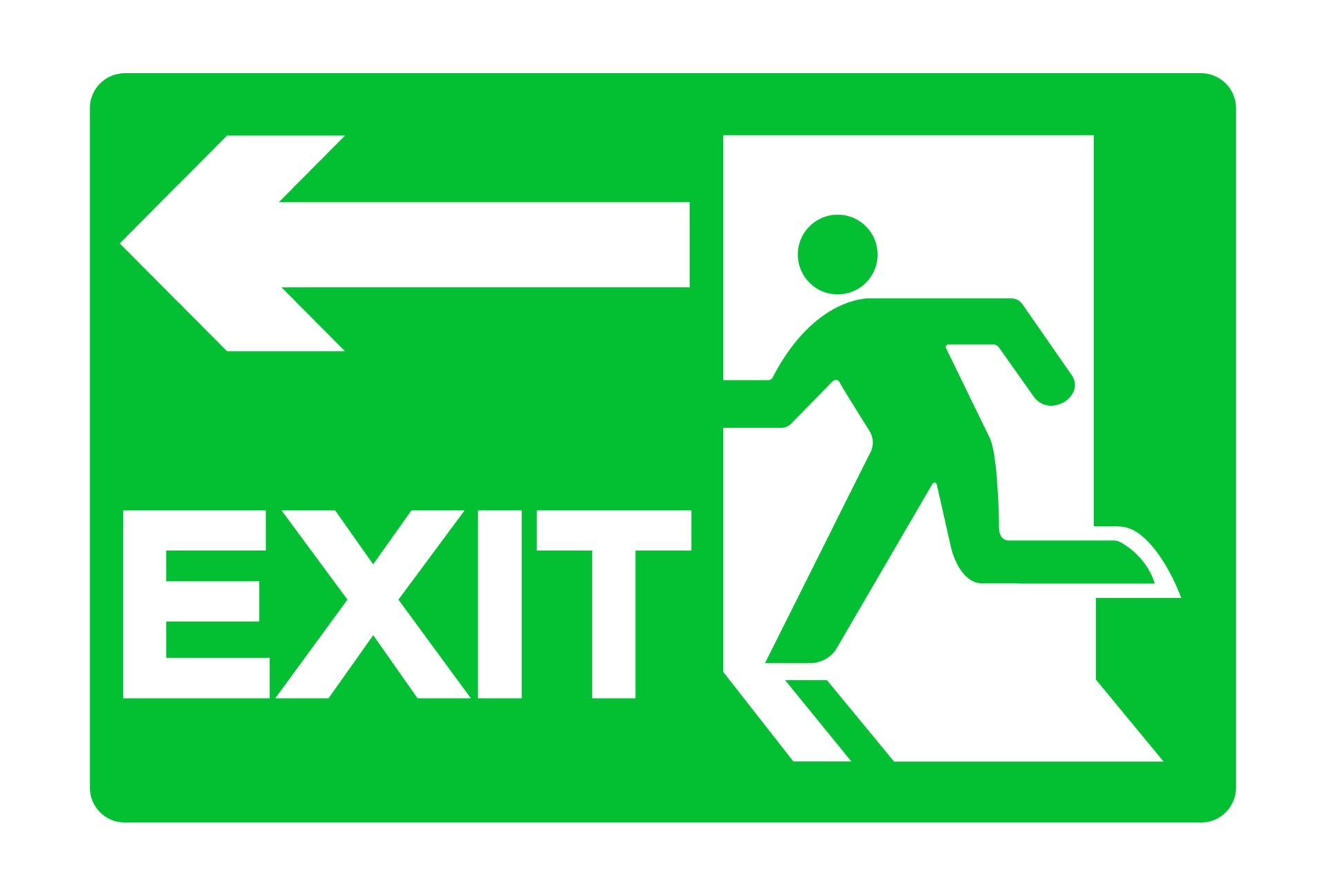

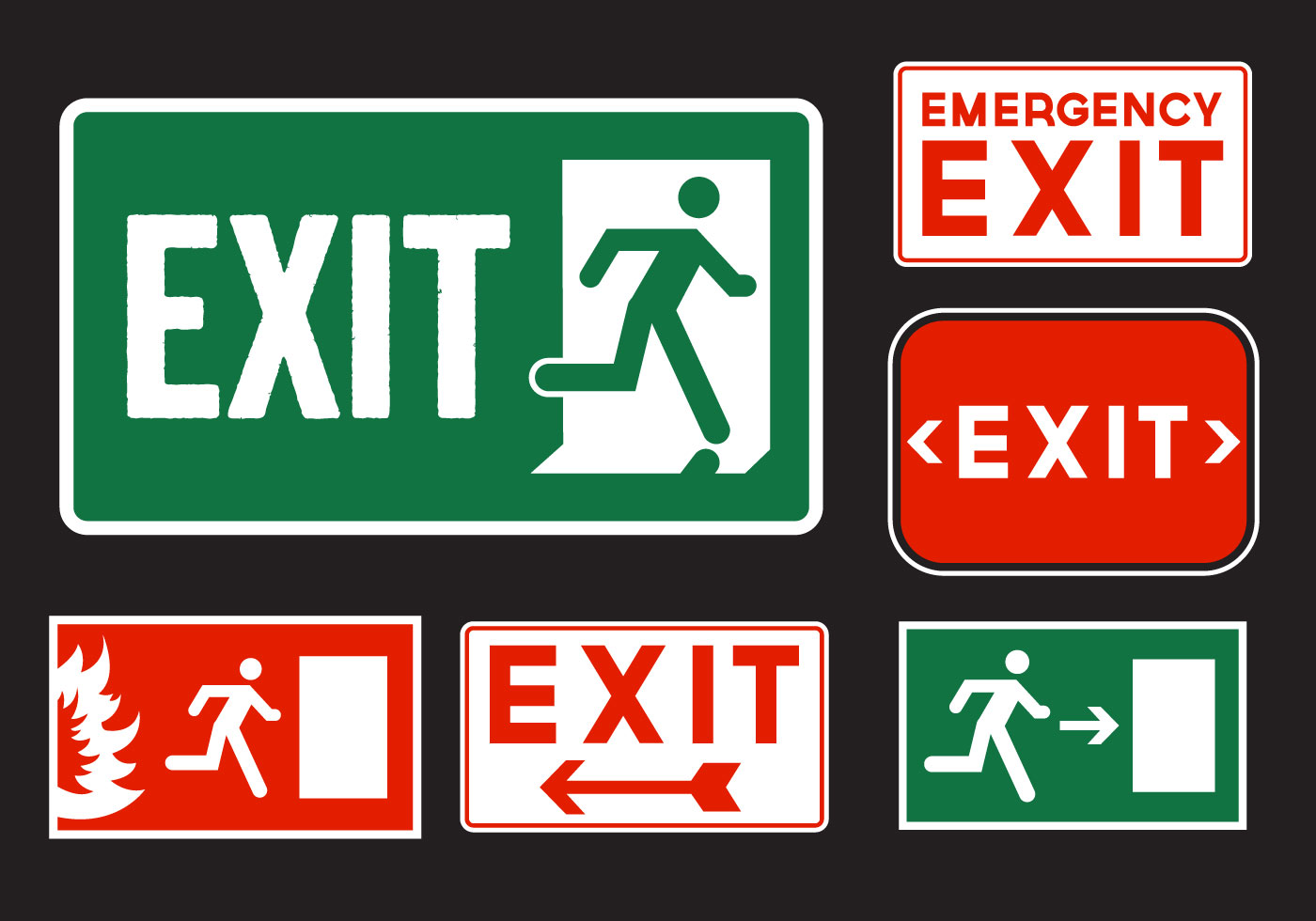

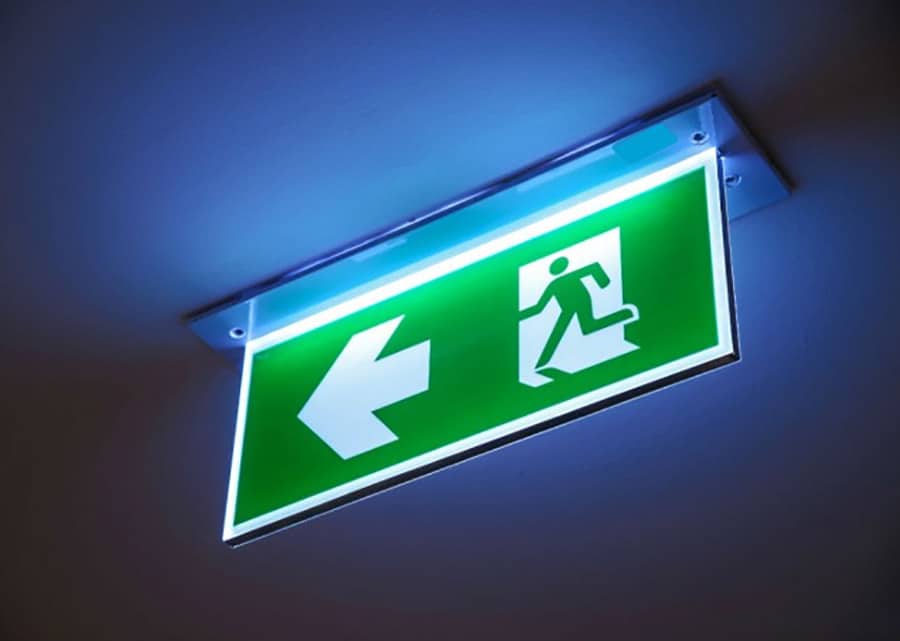





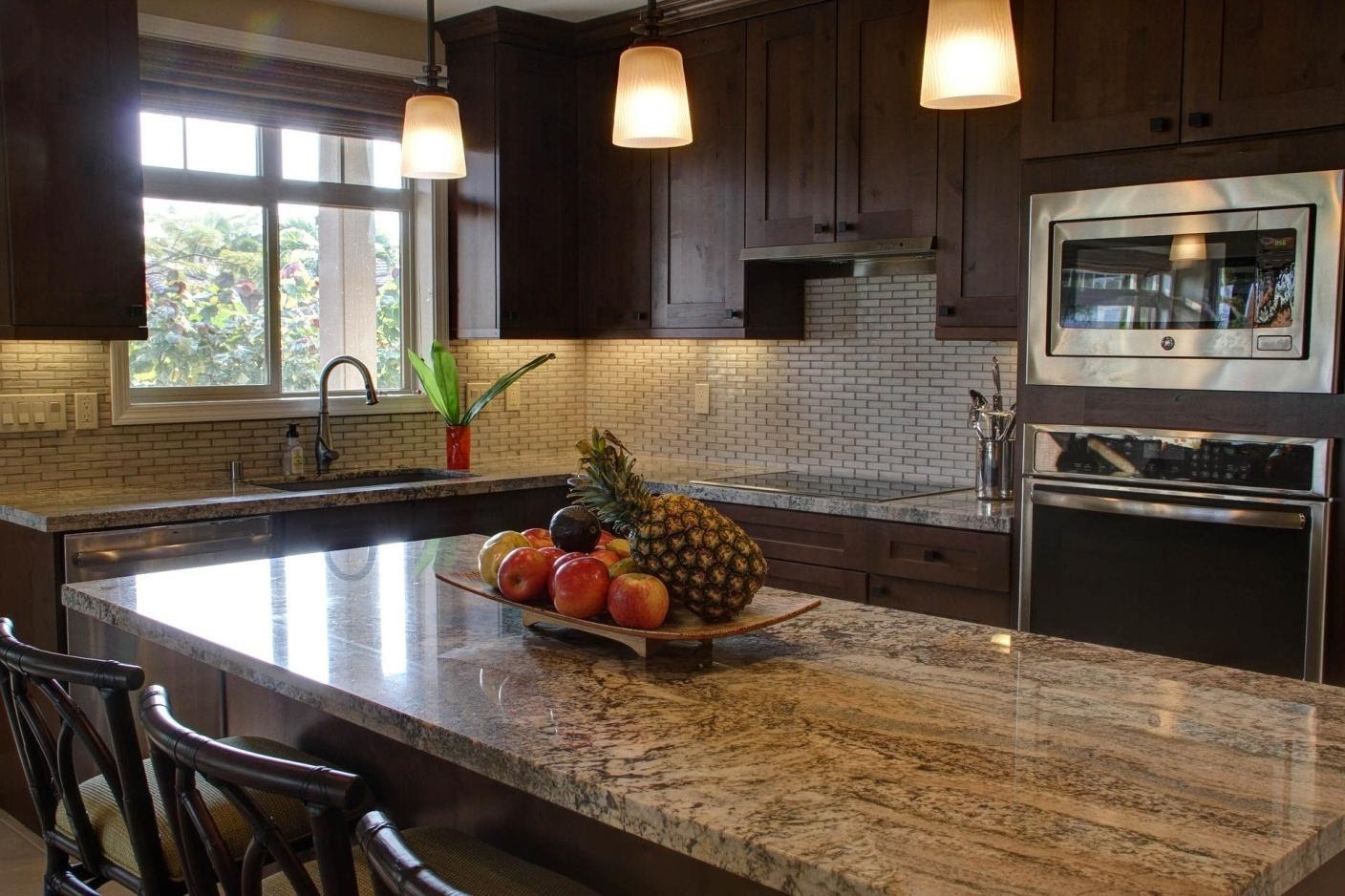



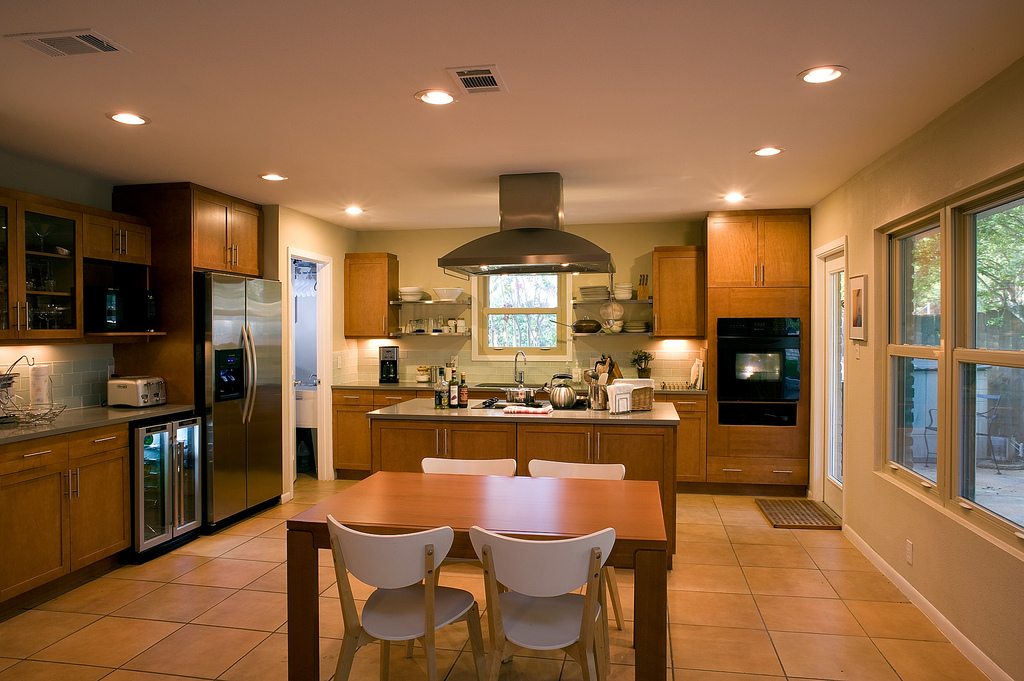


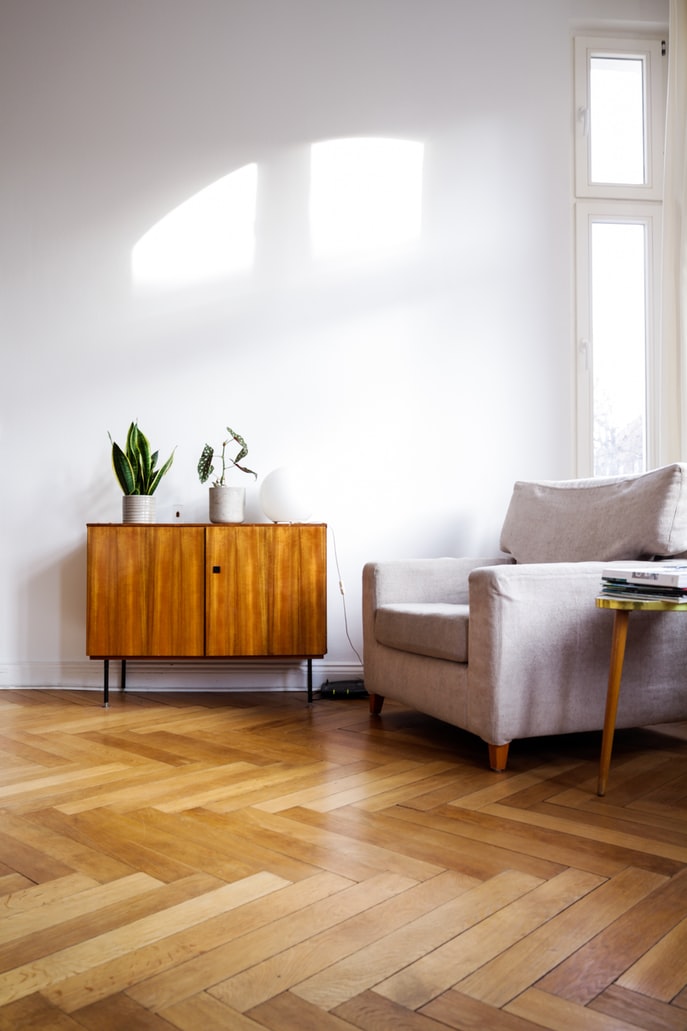

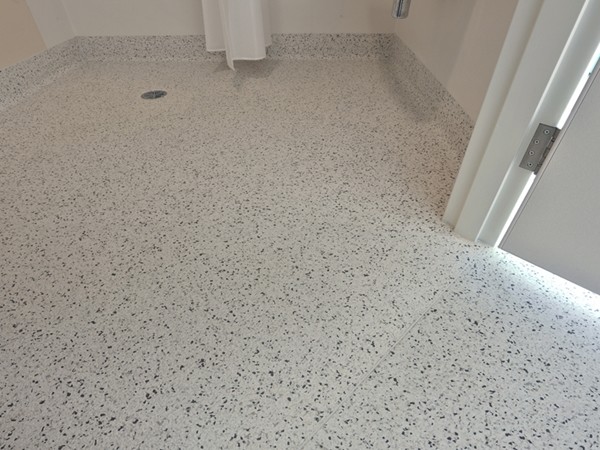
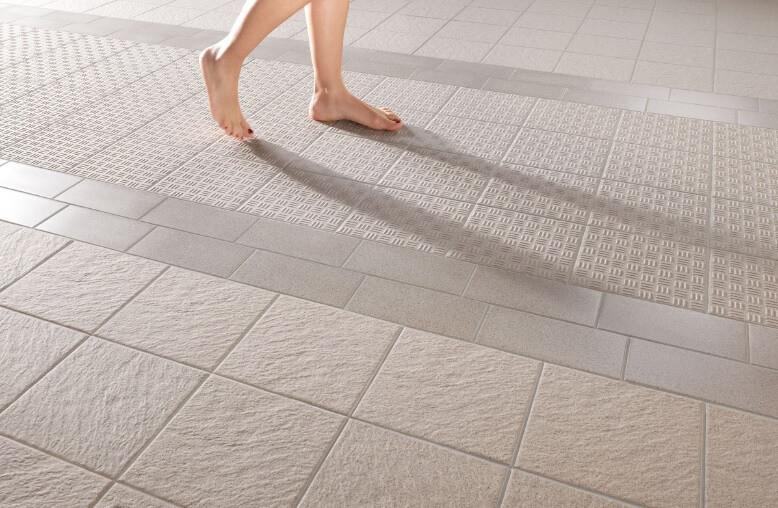

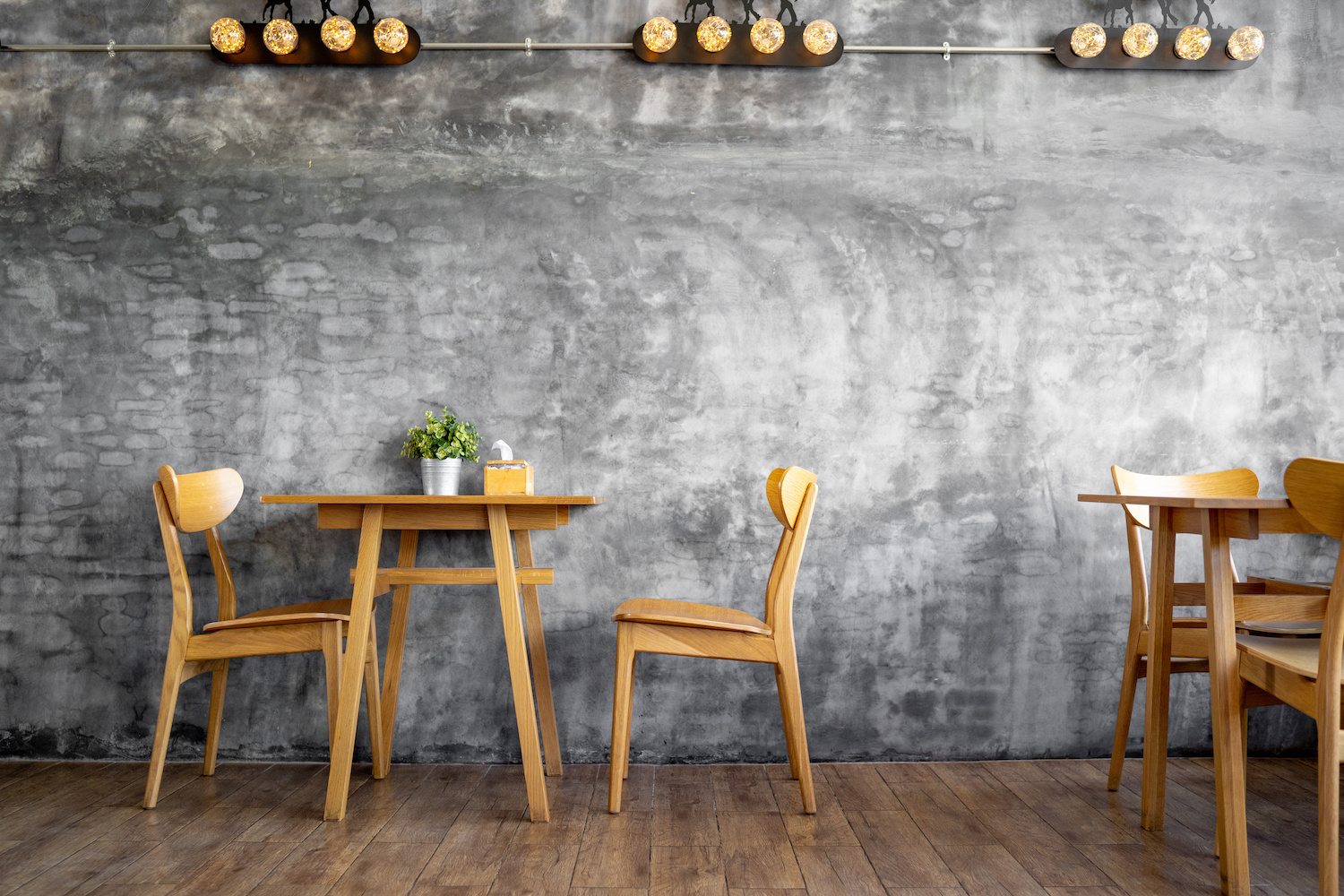


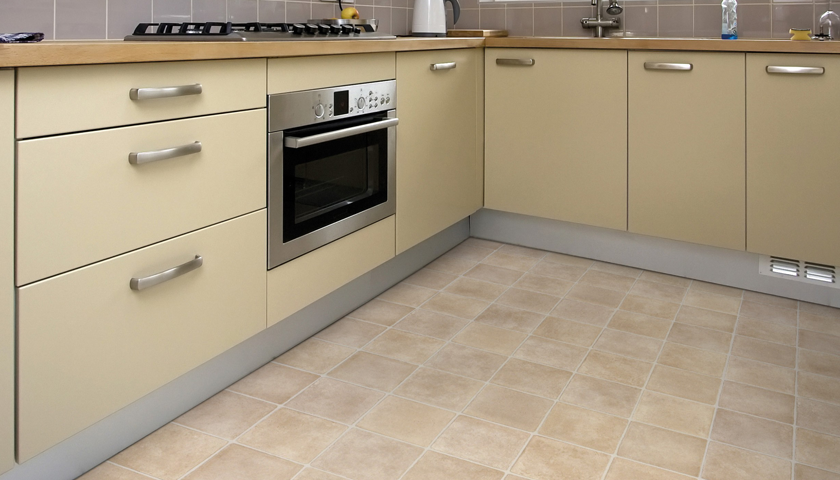



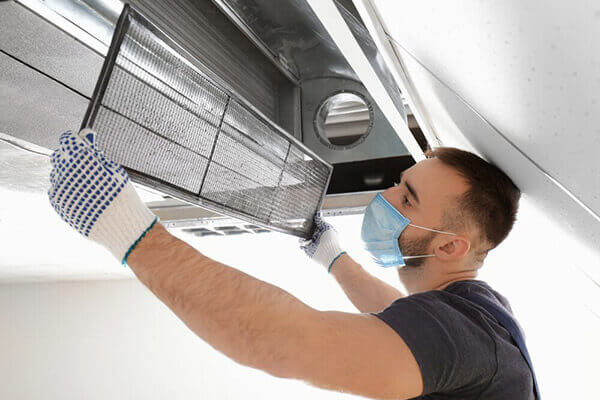

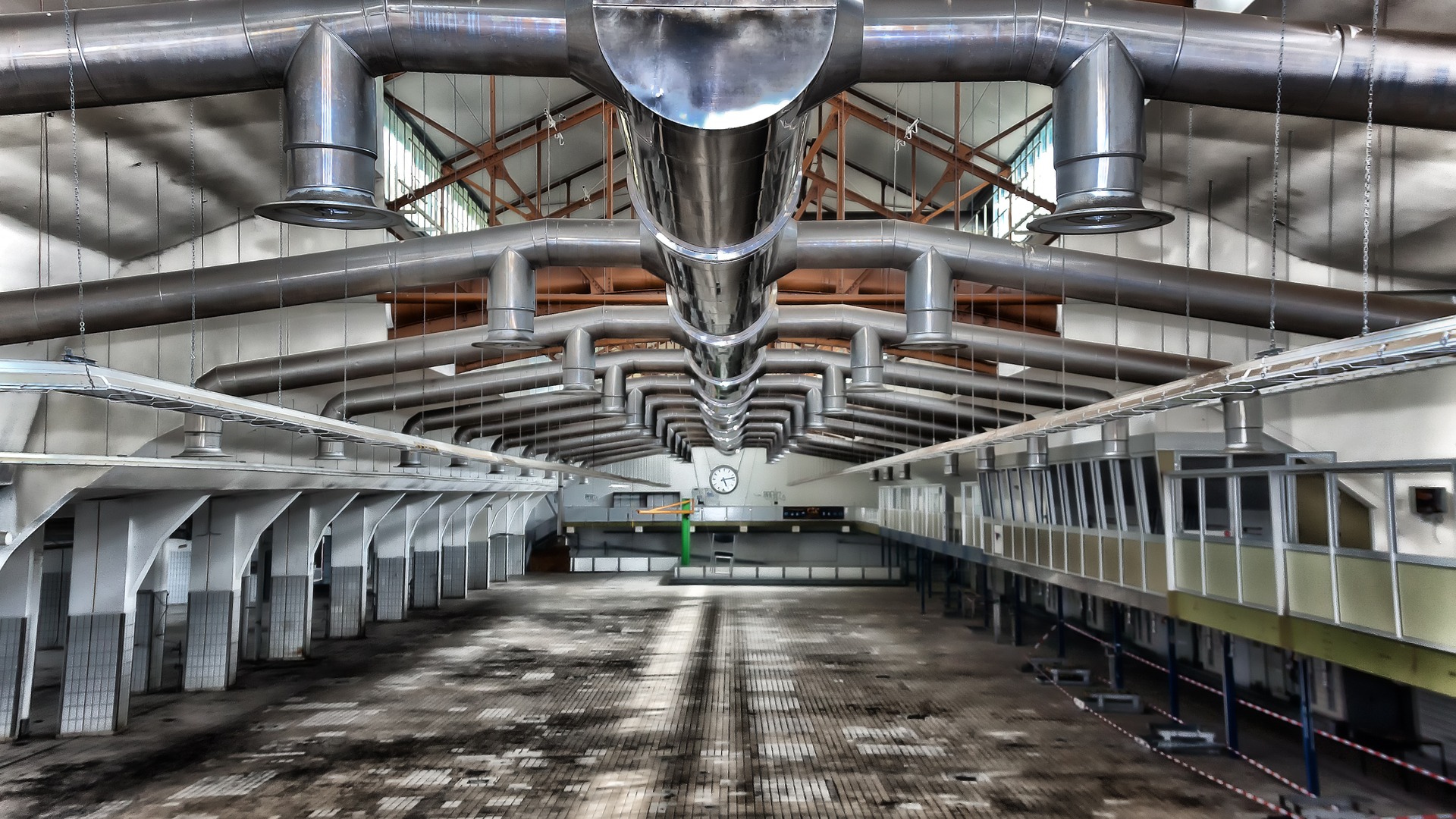



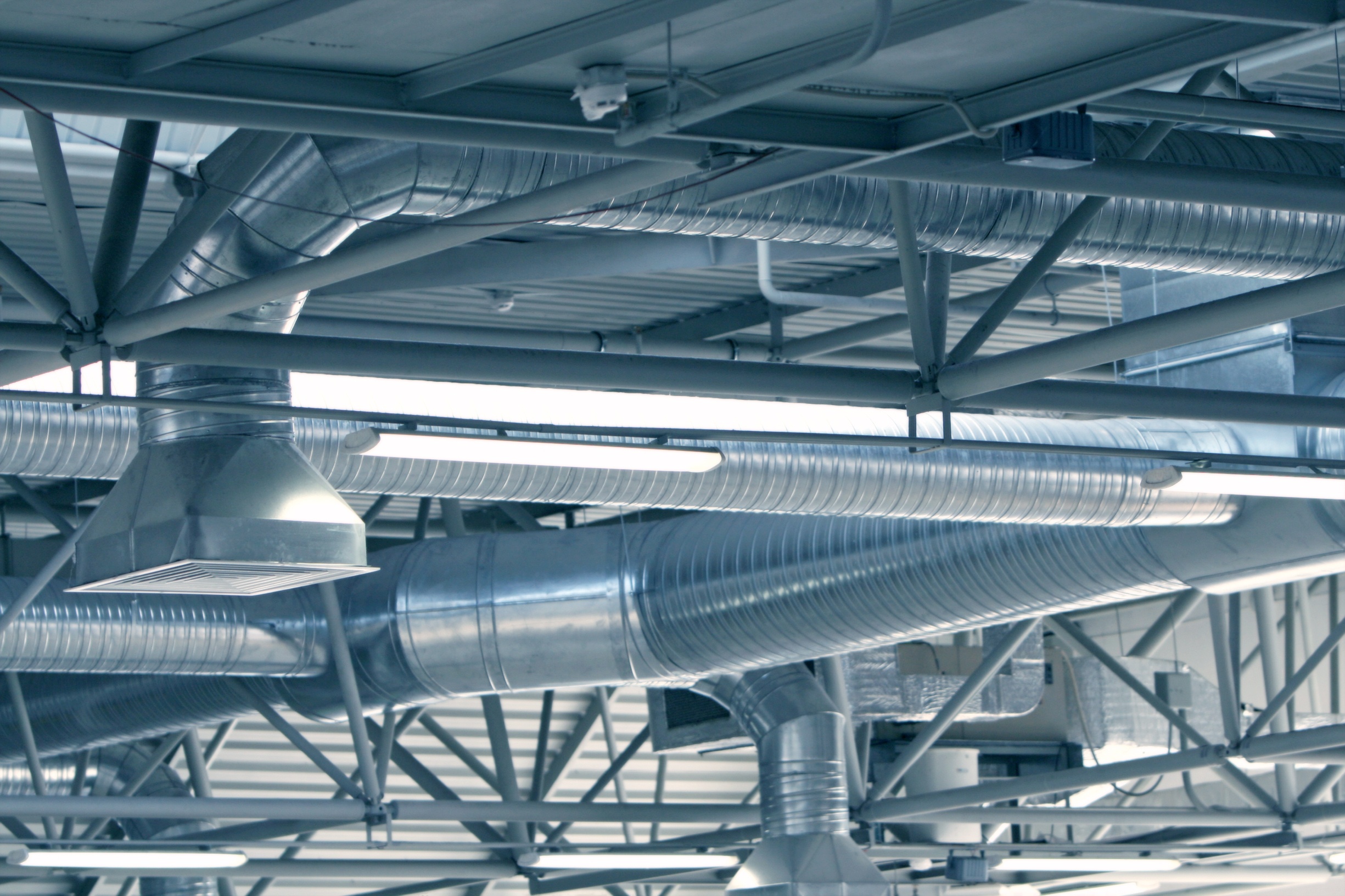
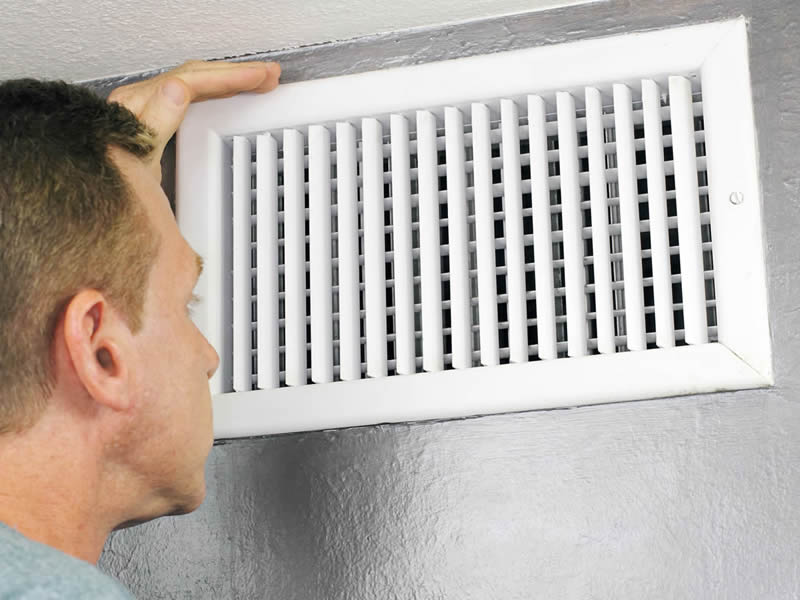



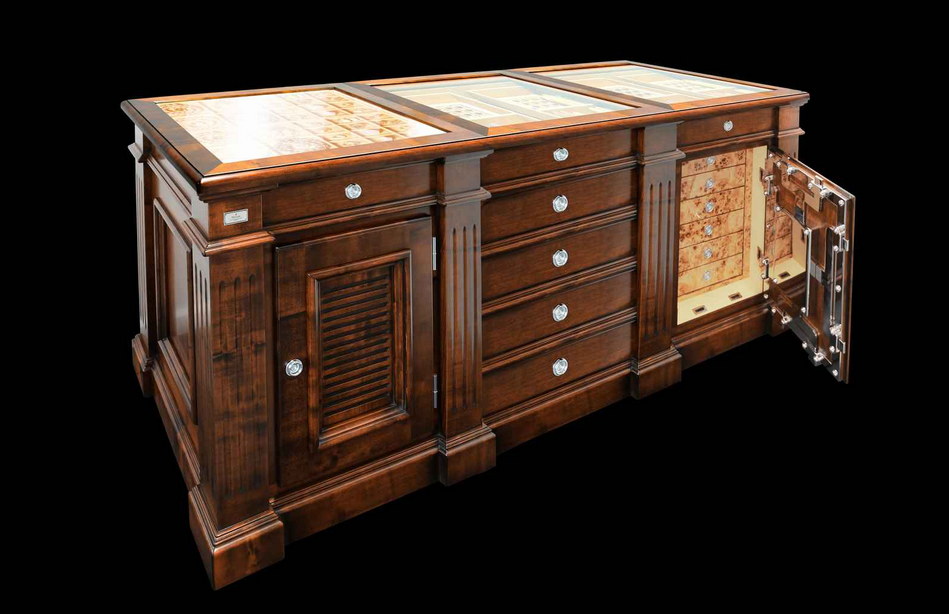











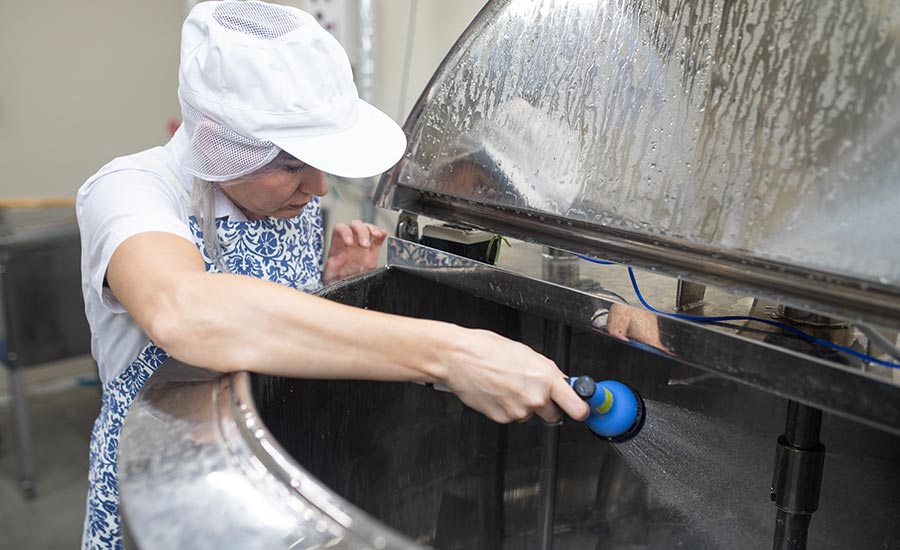




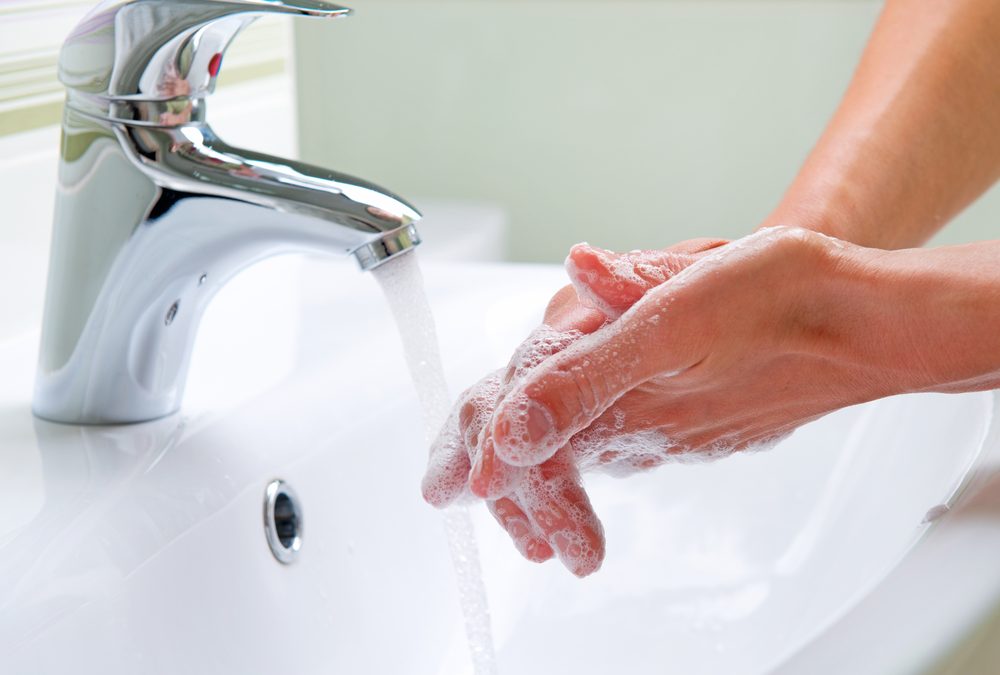




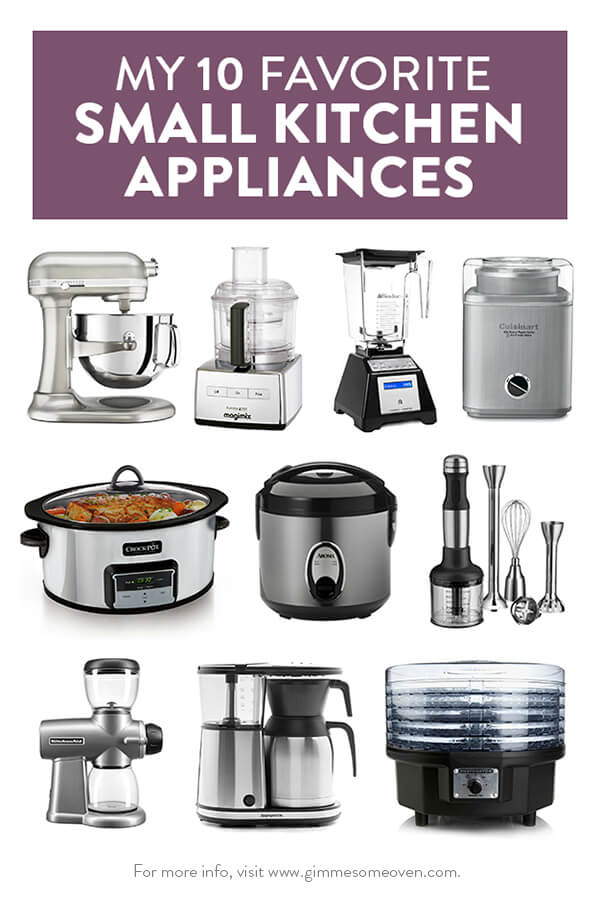

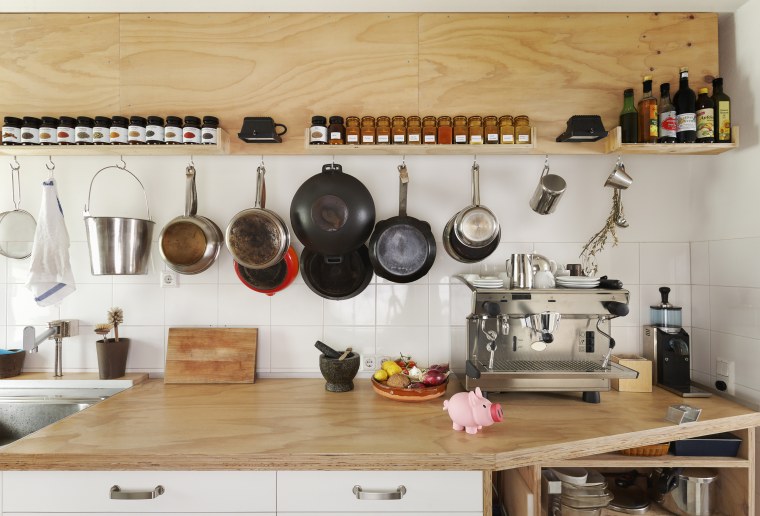
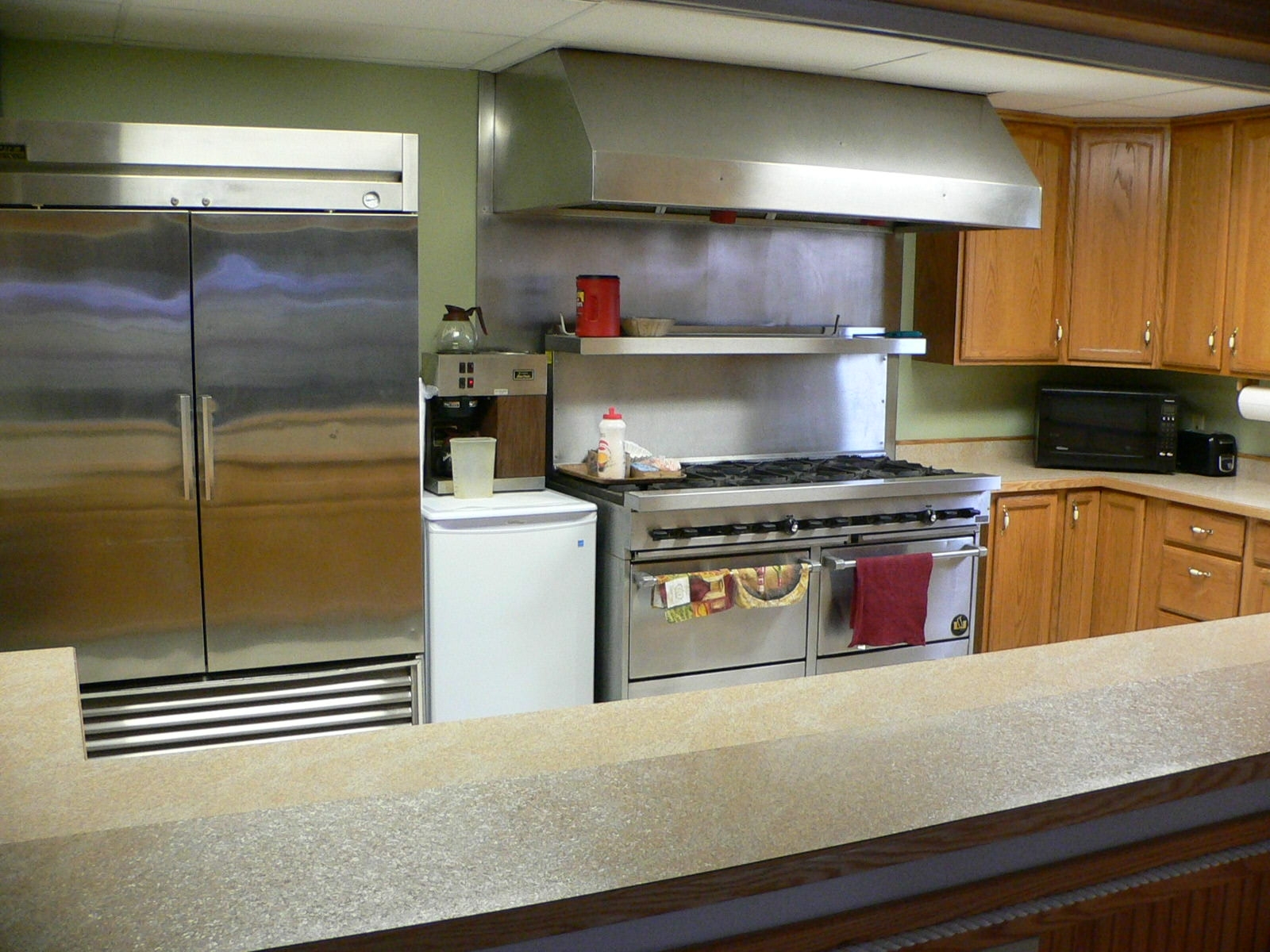
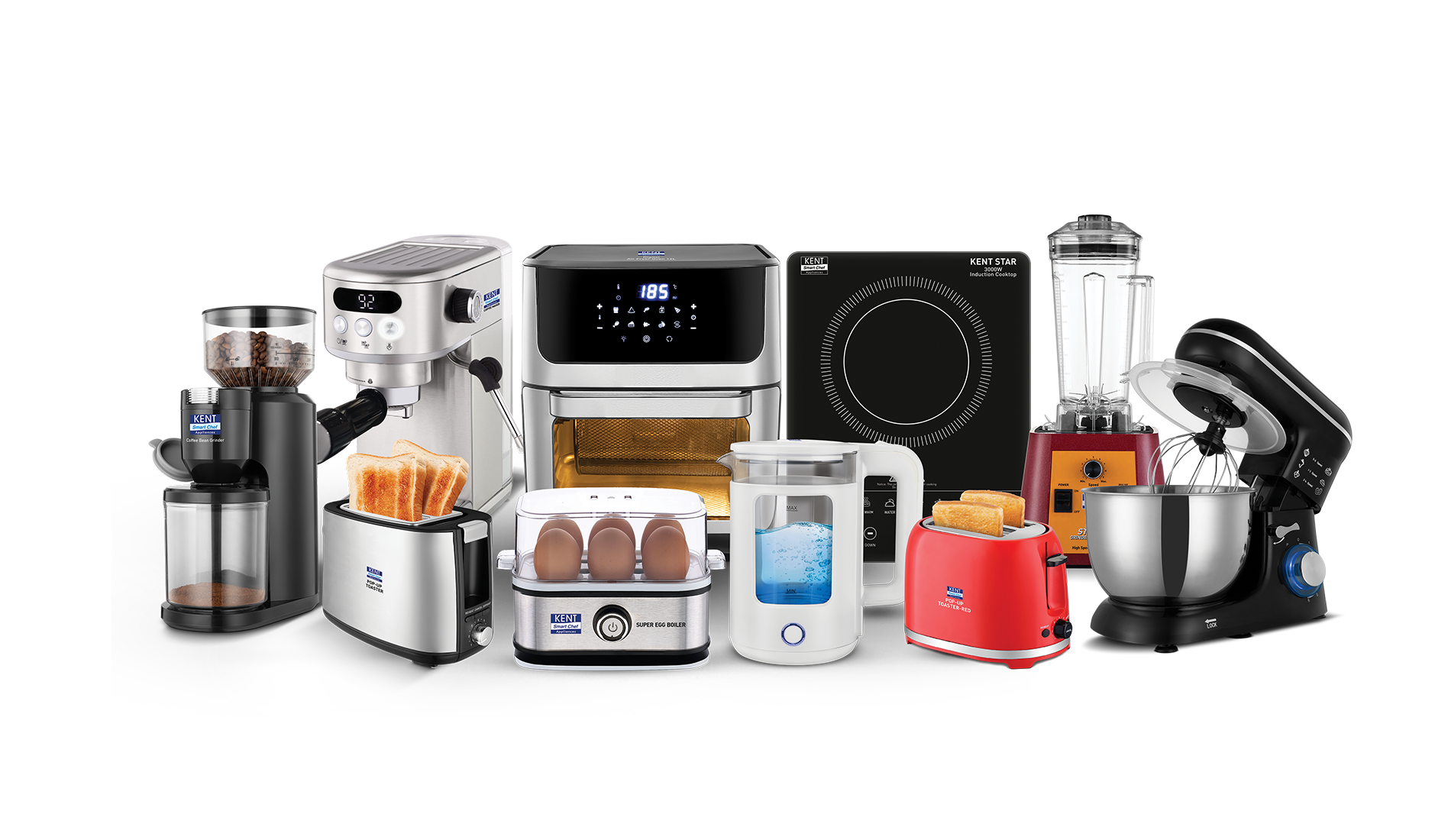


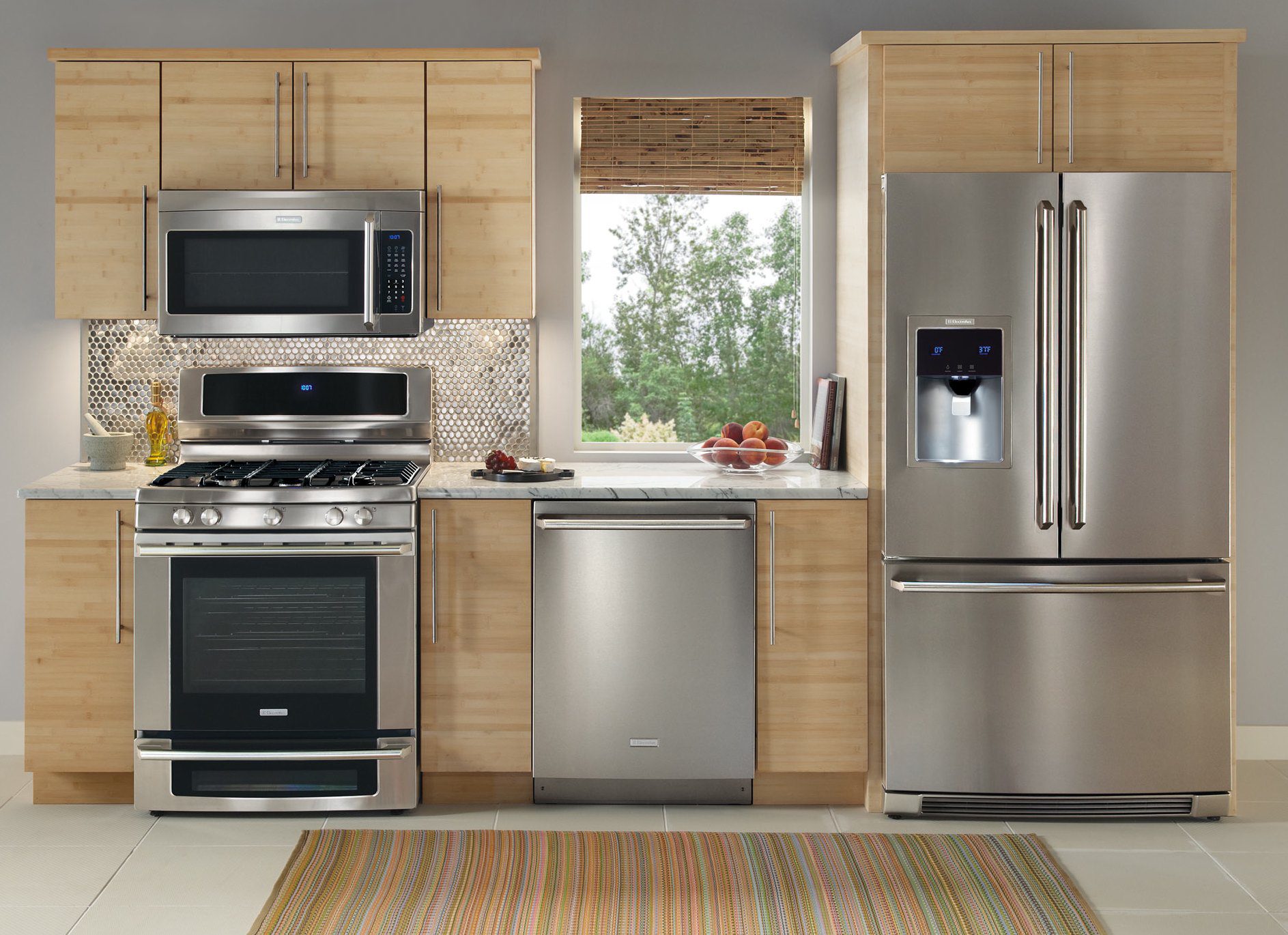




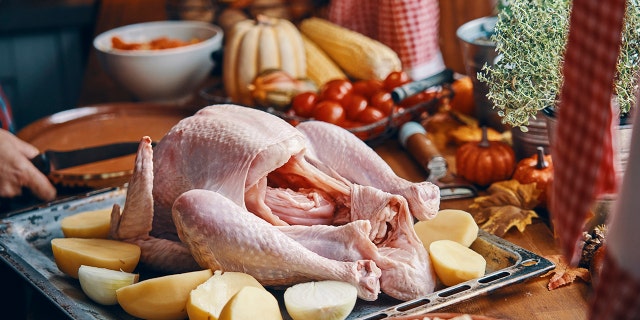
:quality(75)/cloudfront-us-east-1.images.arcpublishing.com/elcomercio/27JDQSNRRNAM5GESGTNVWACTDY.jpg)


